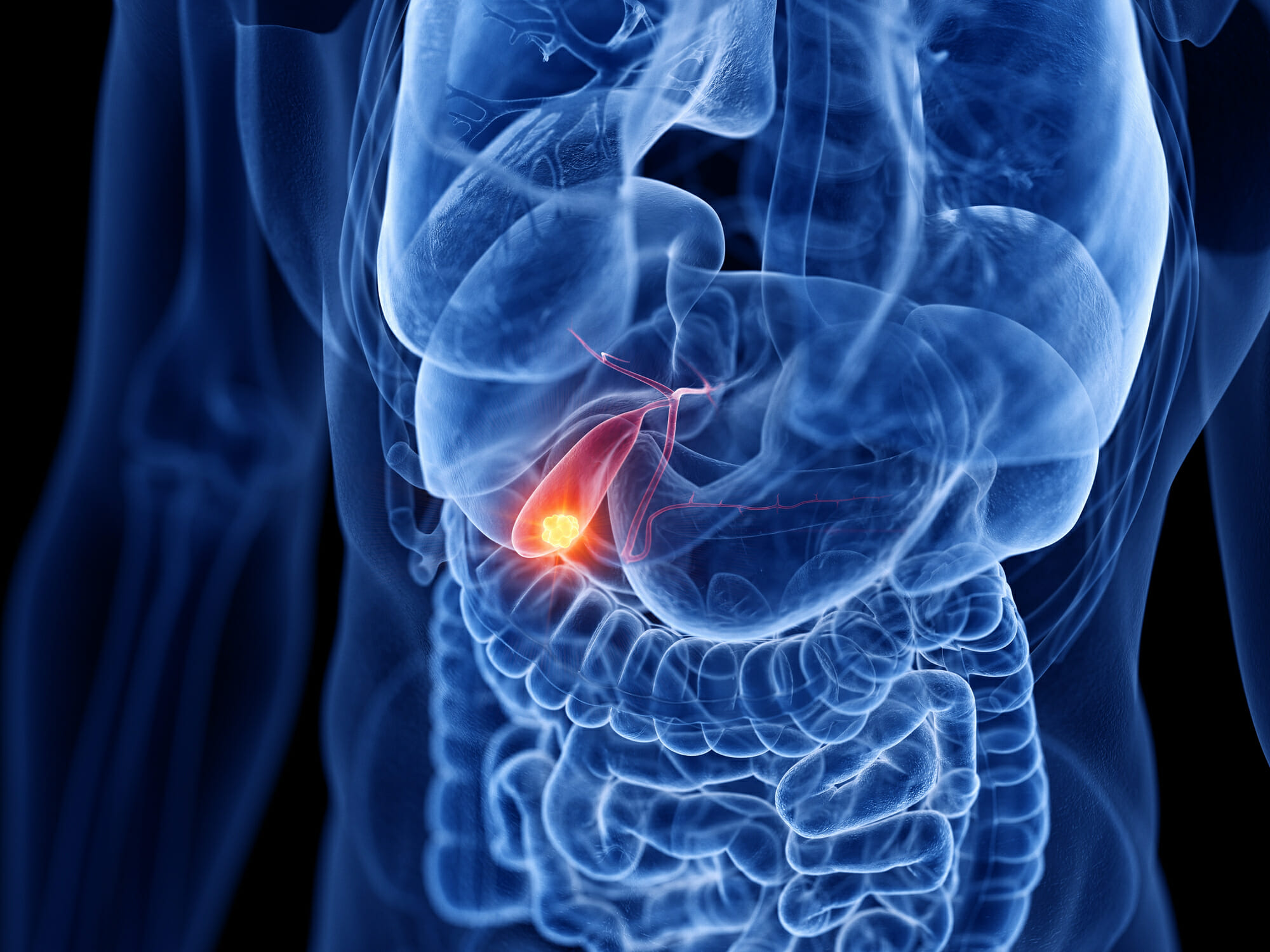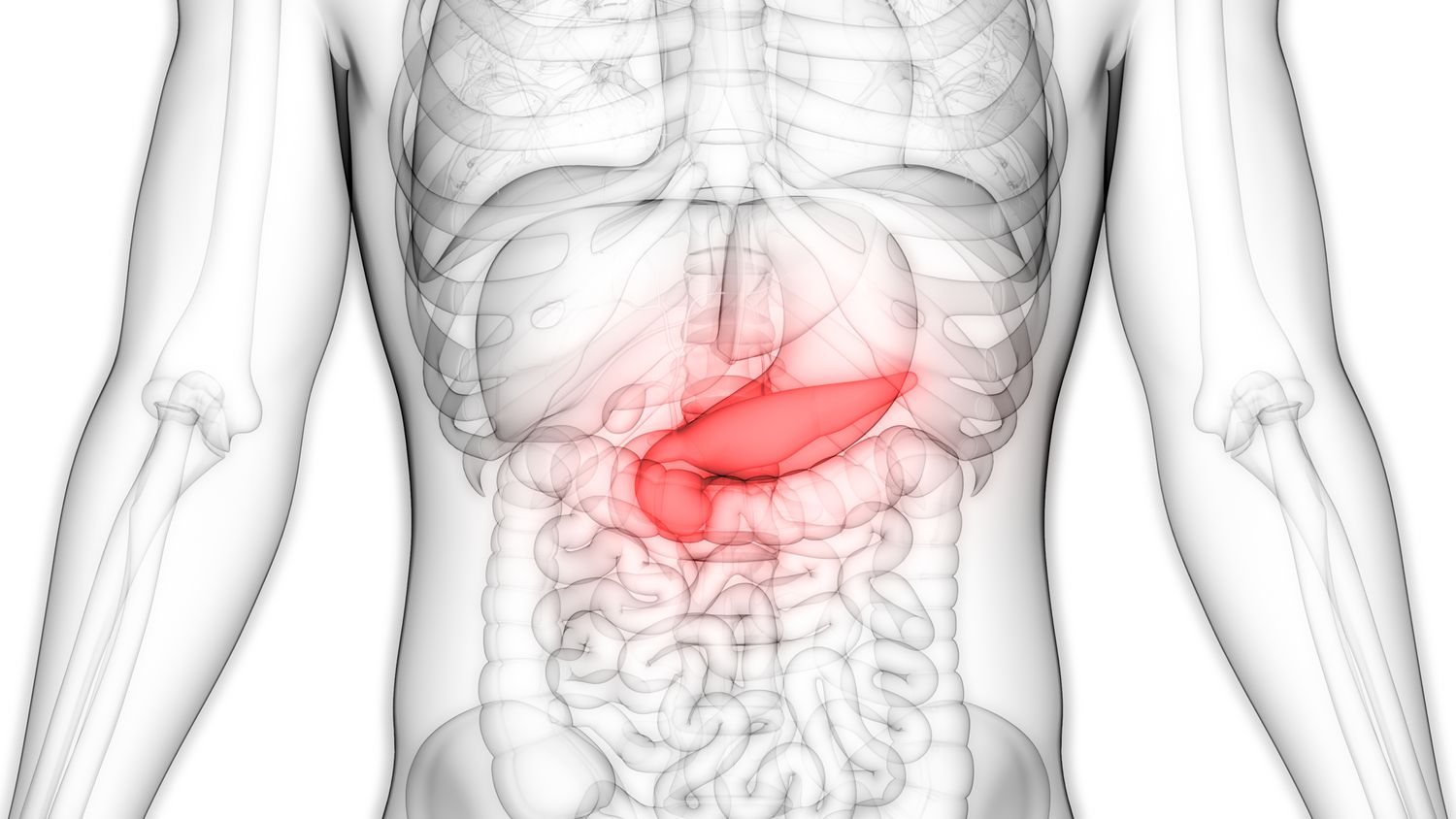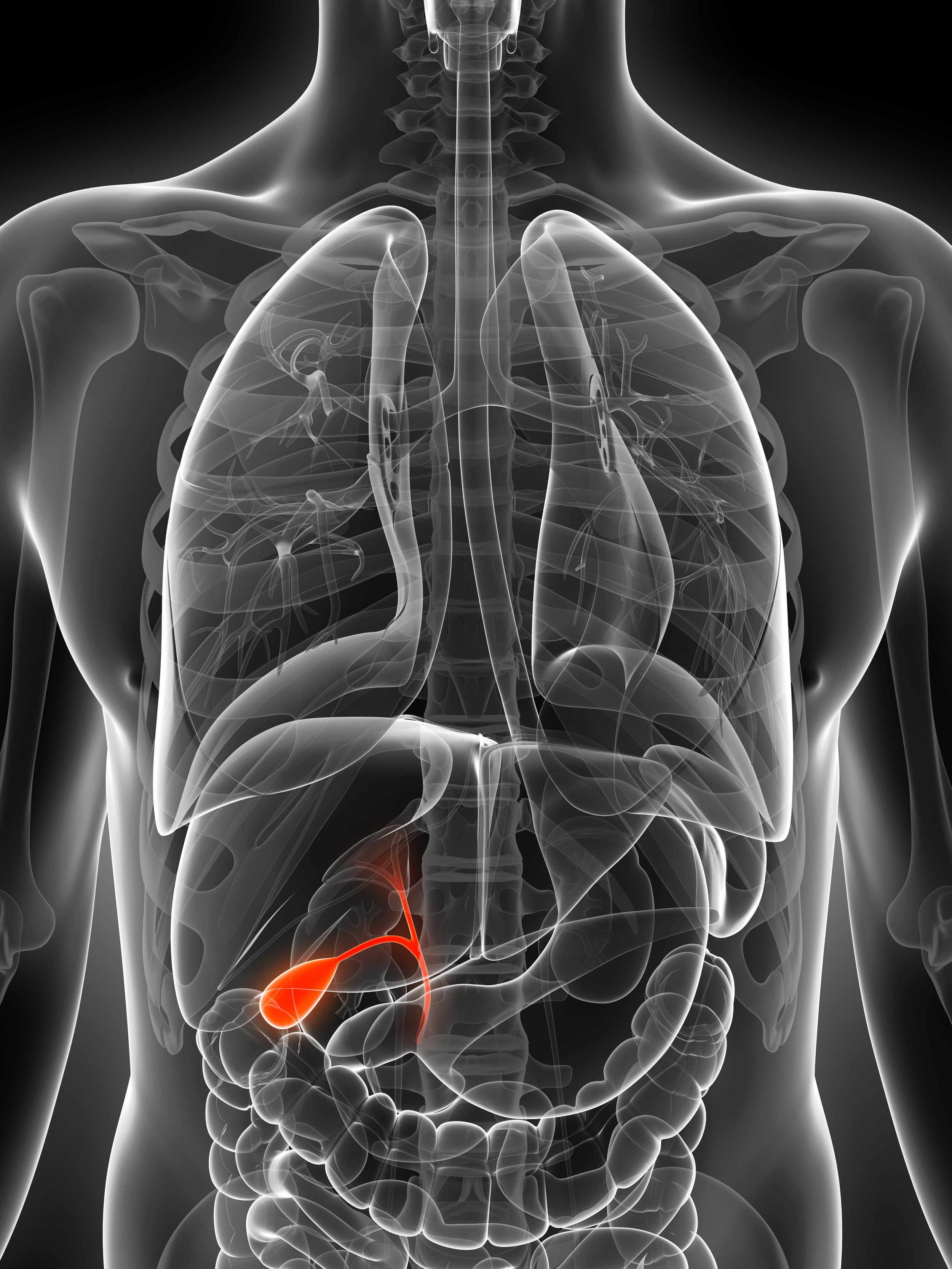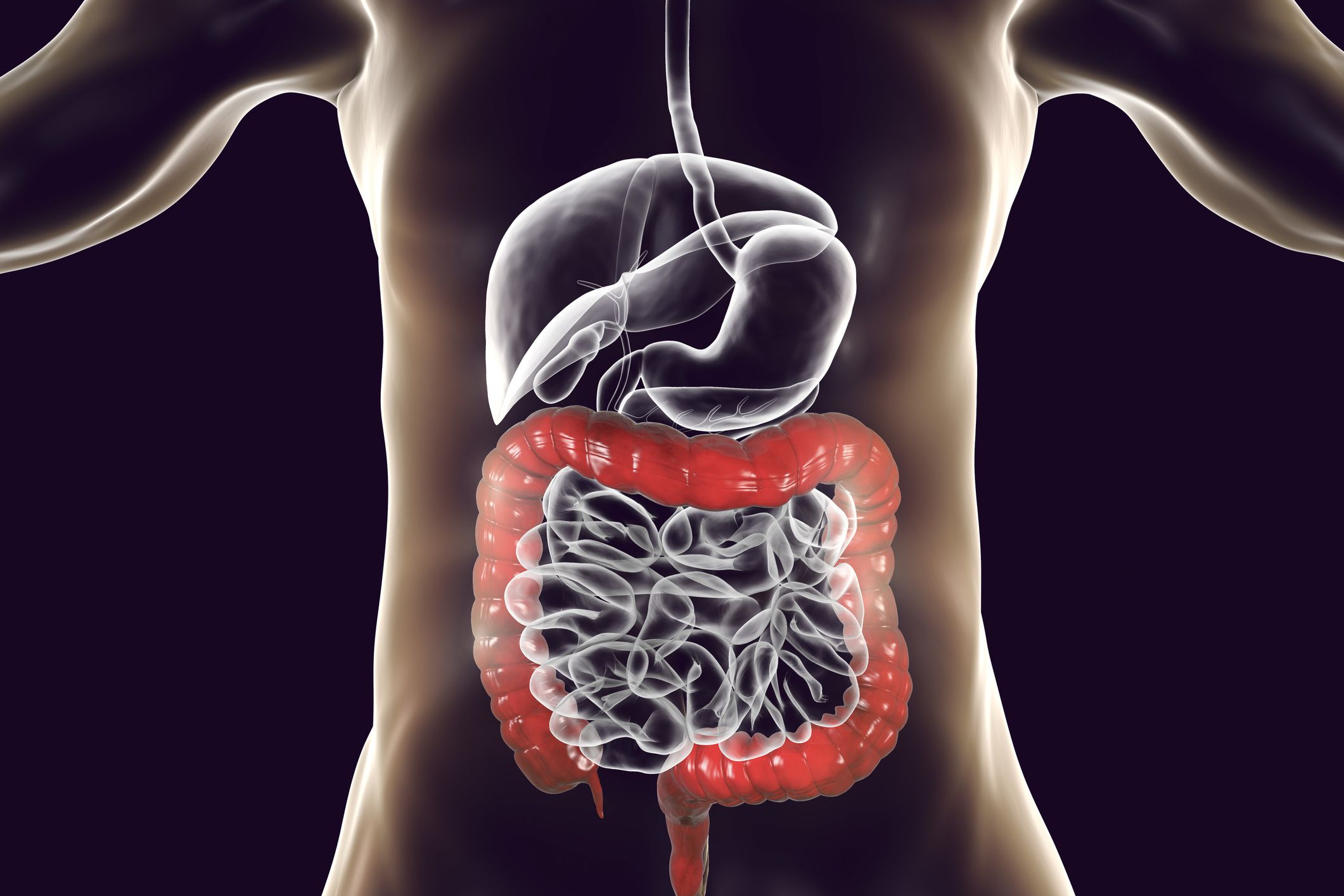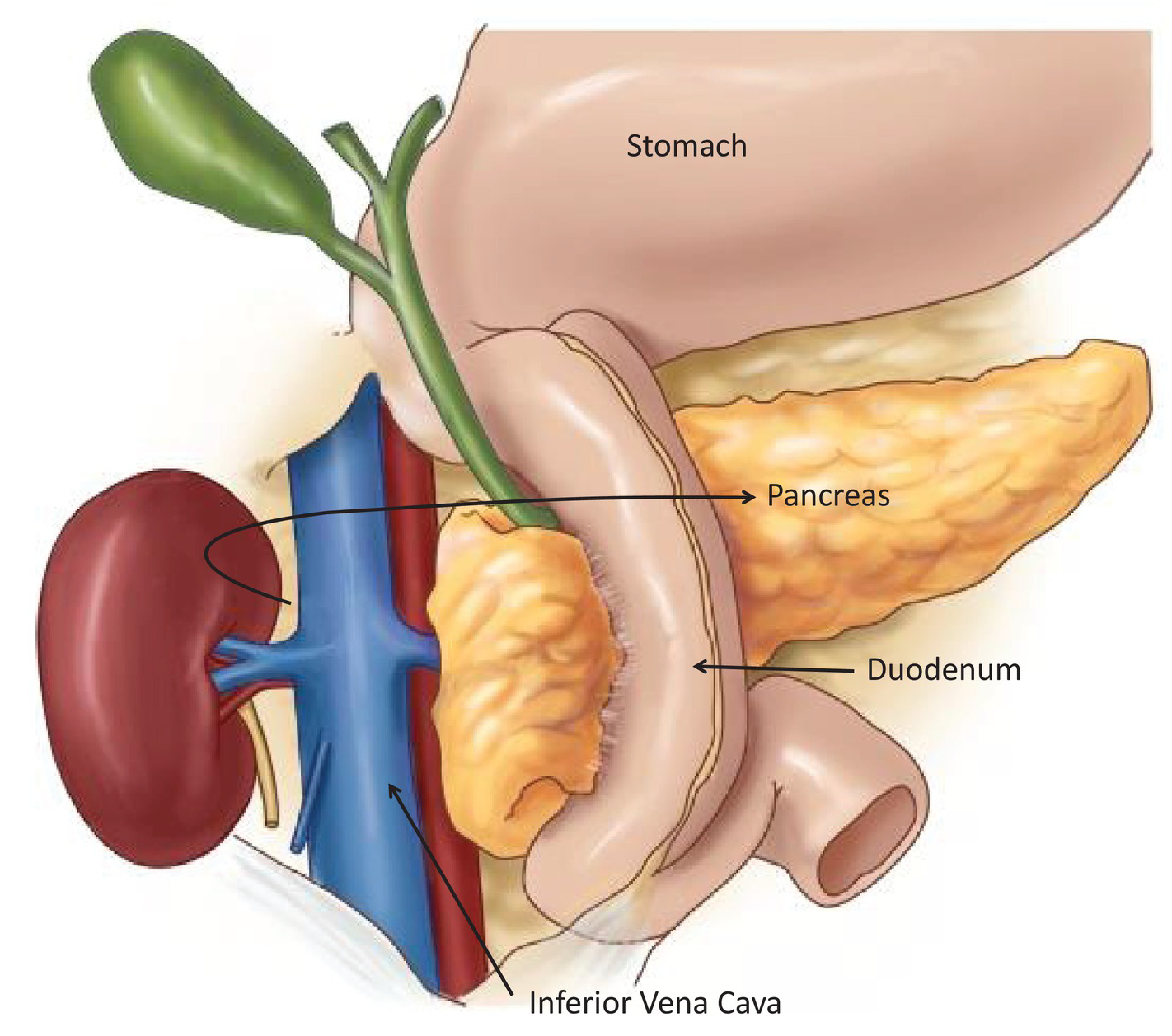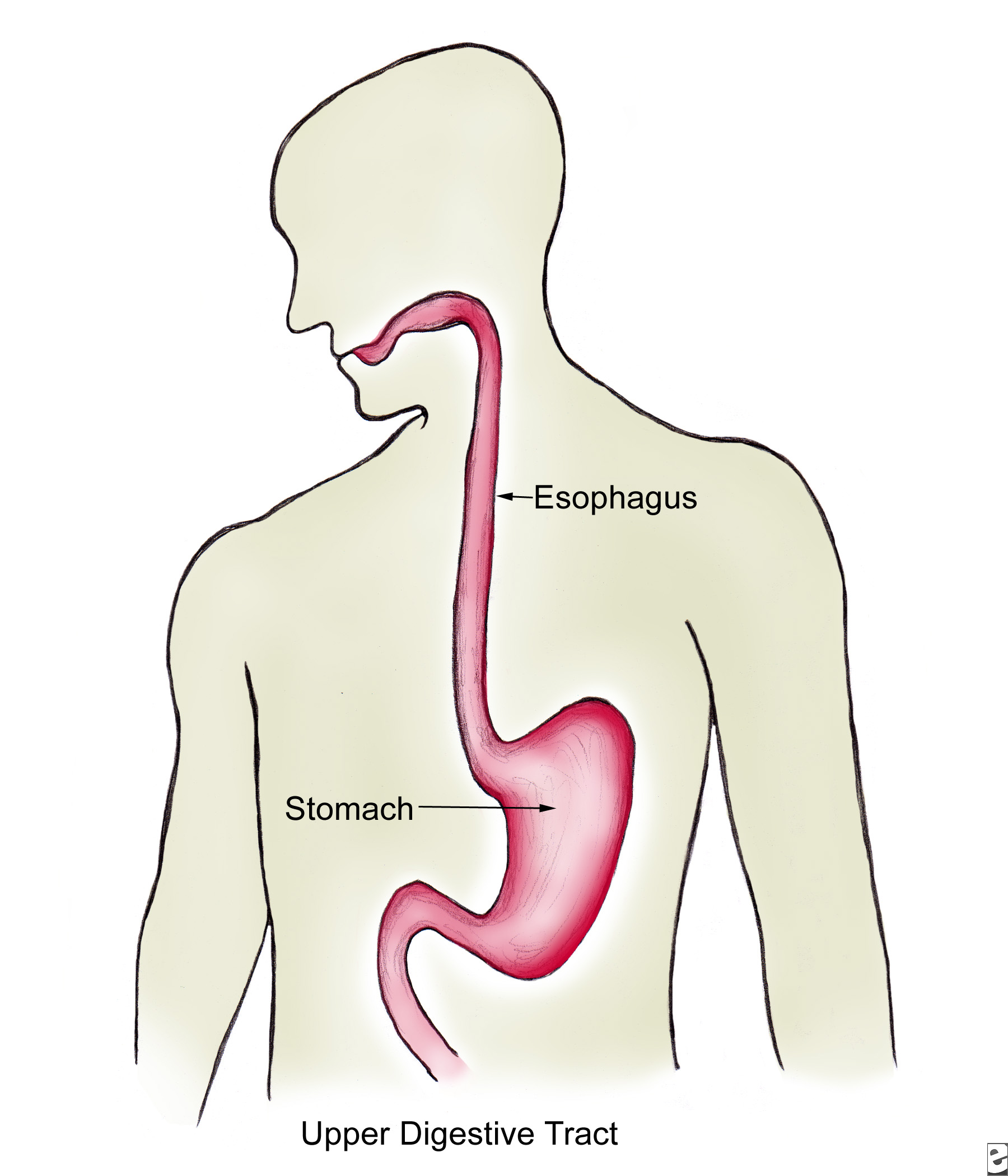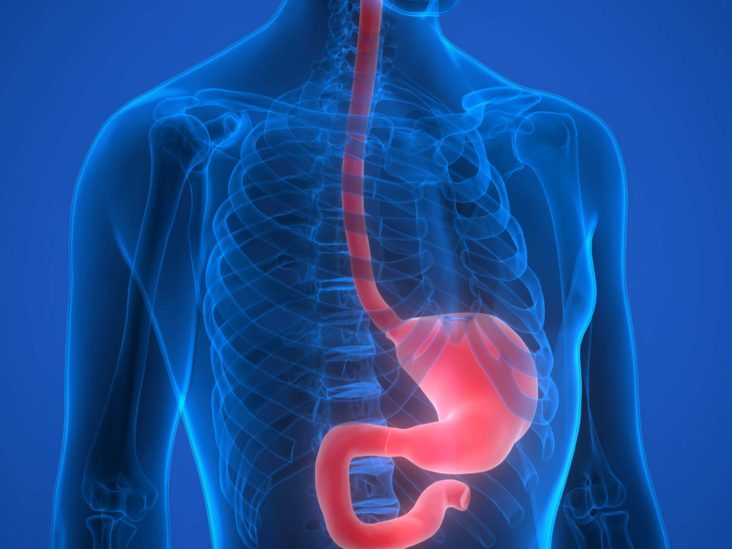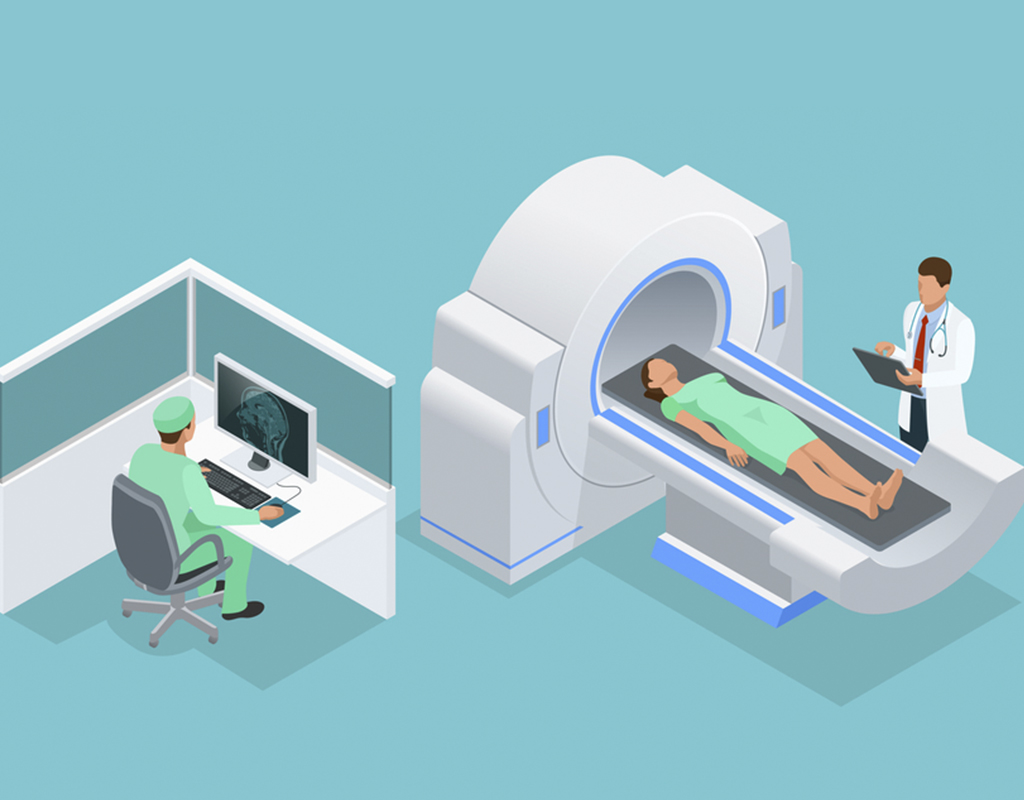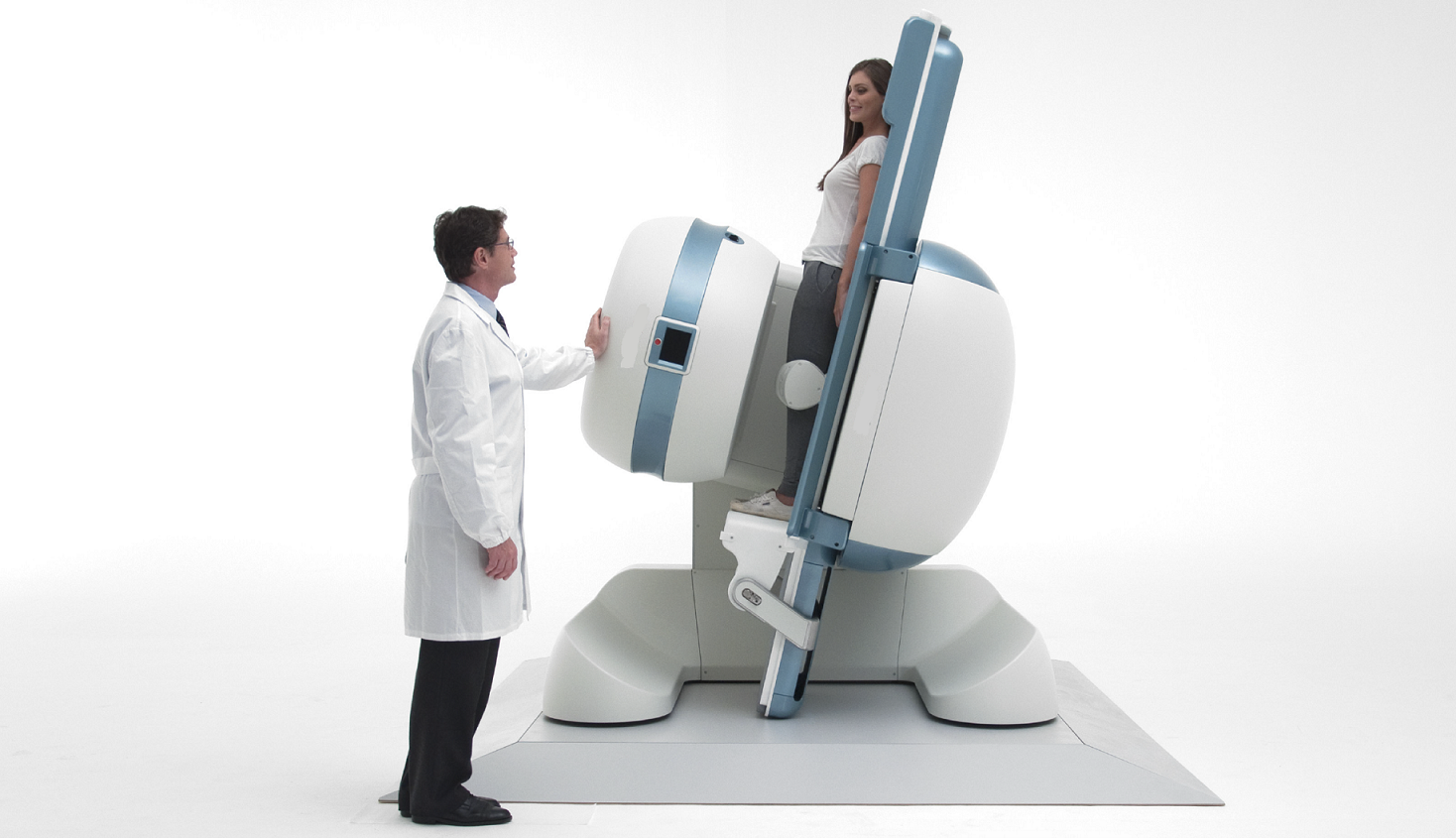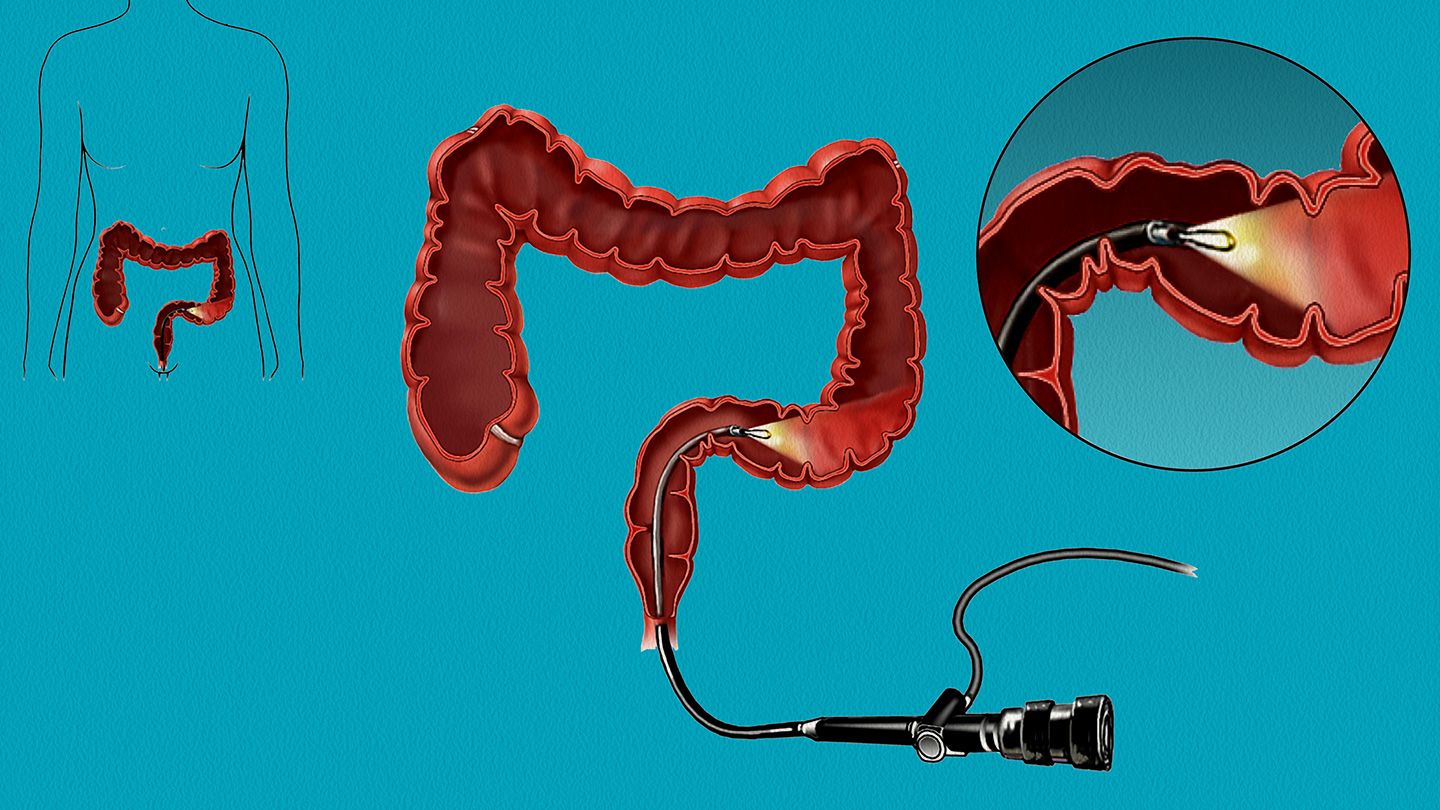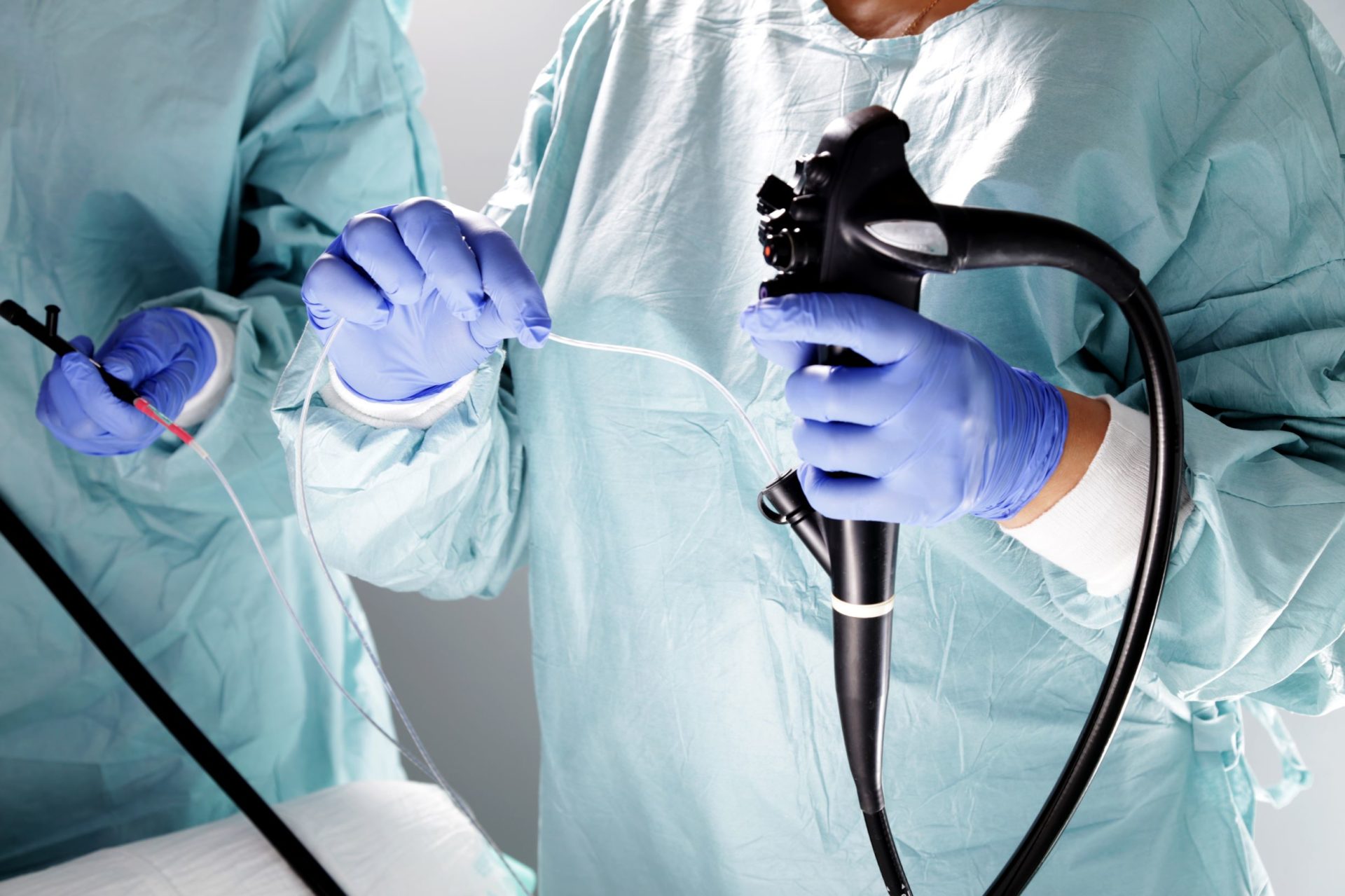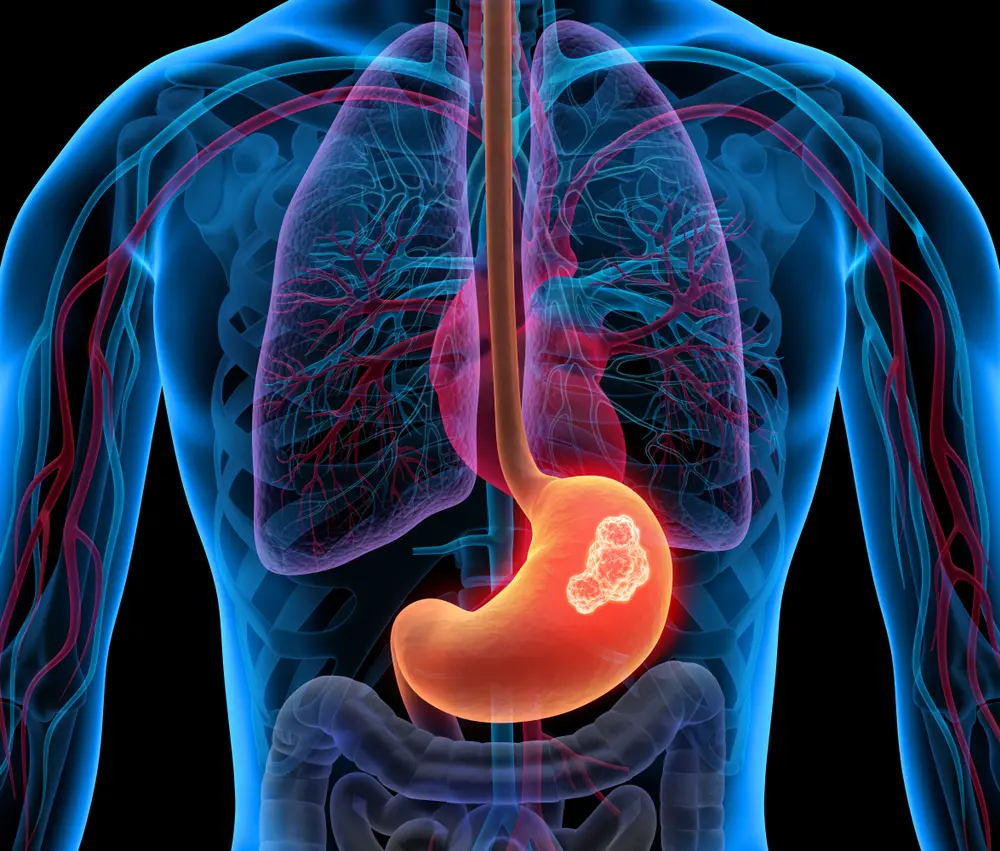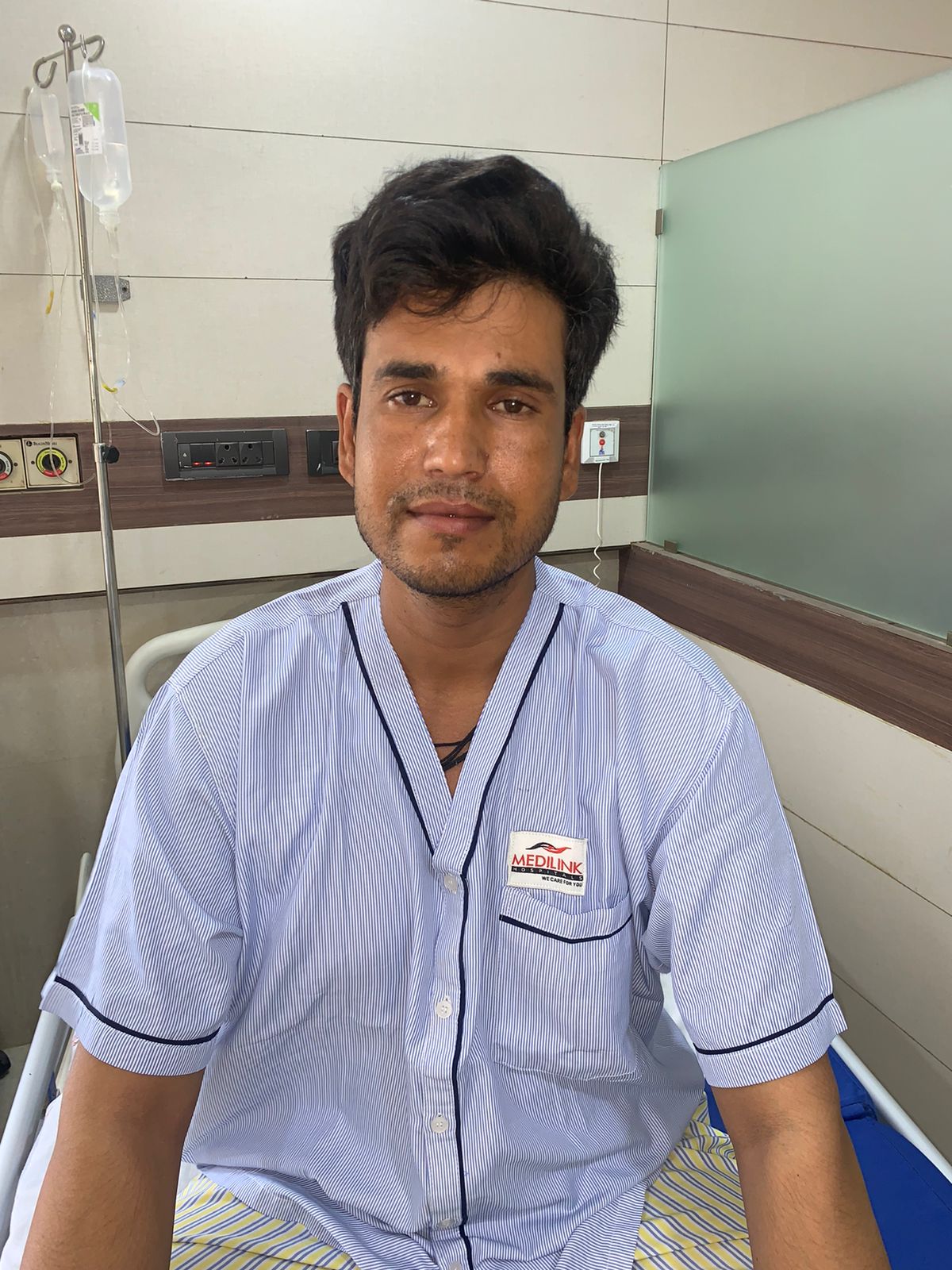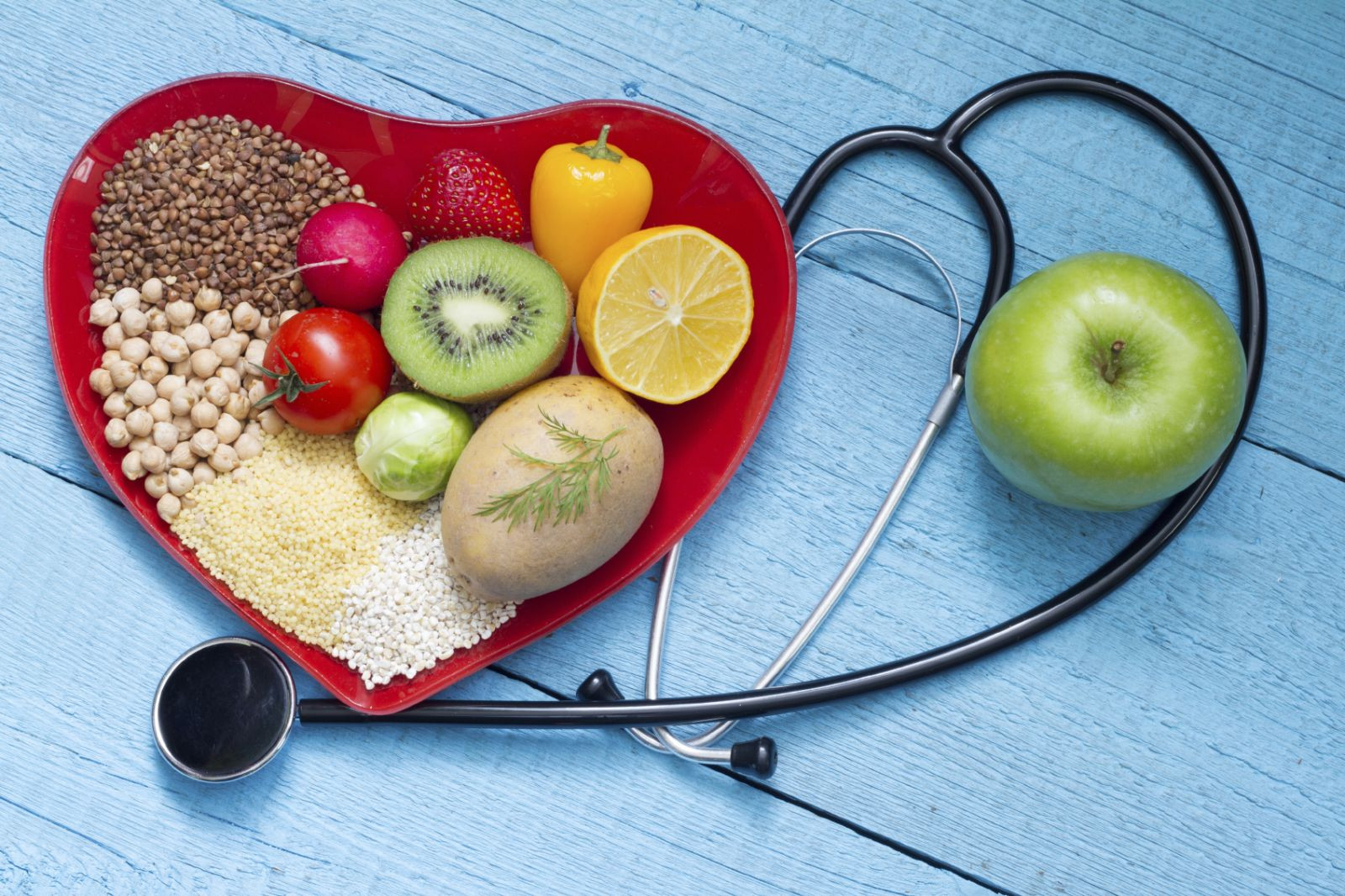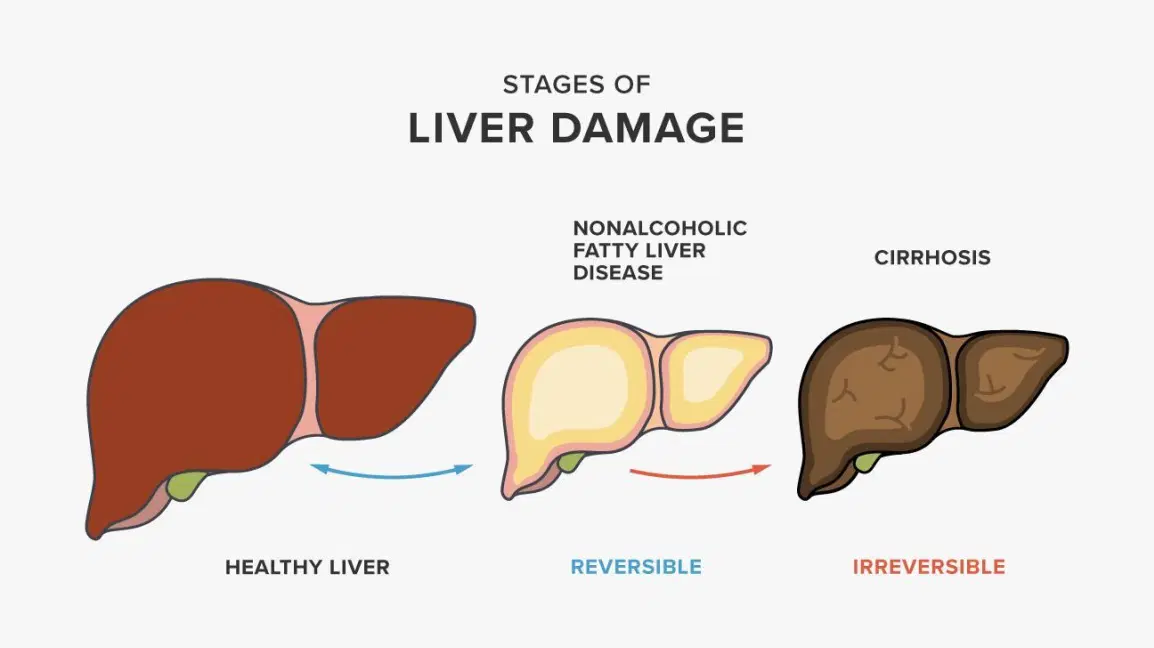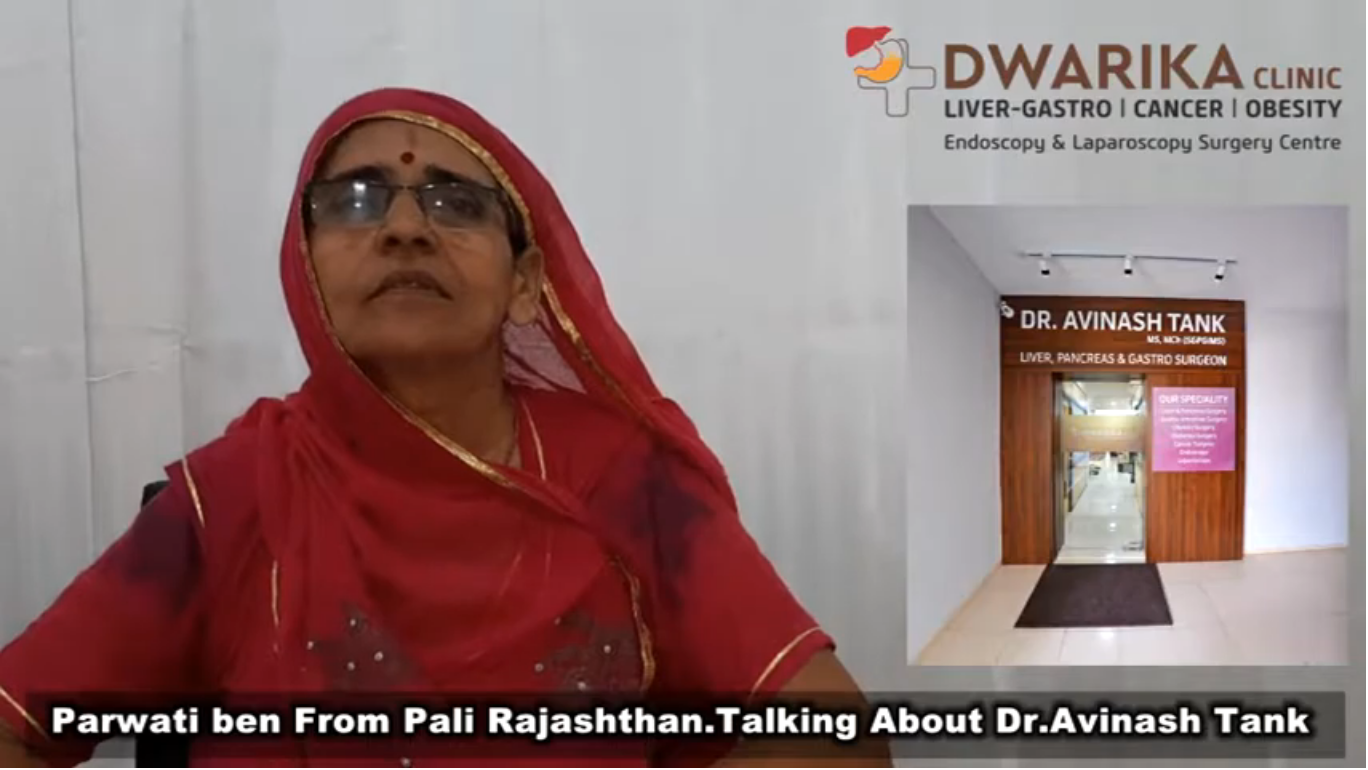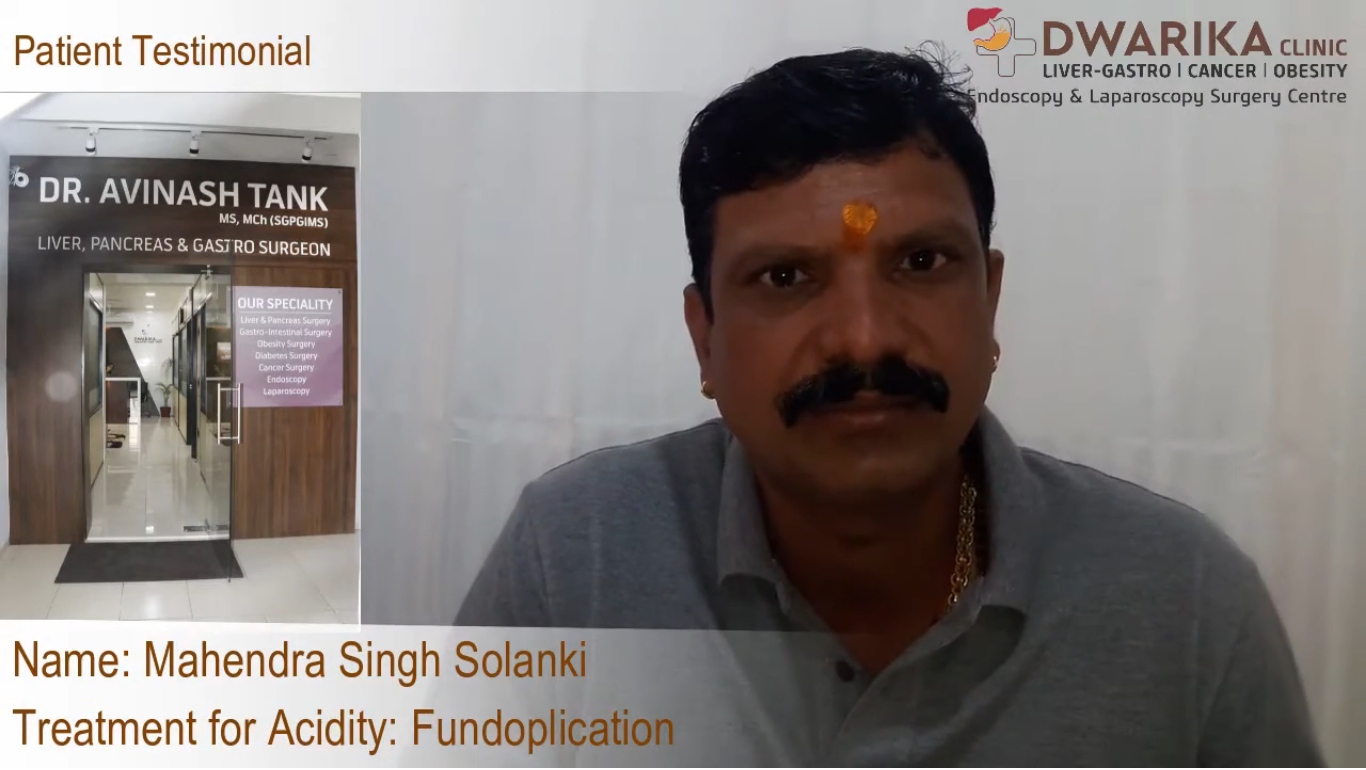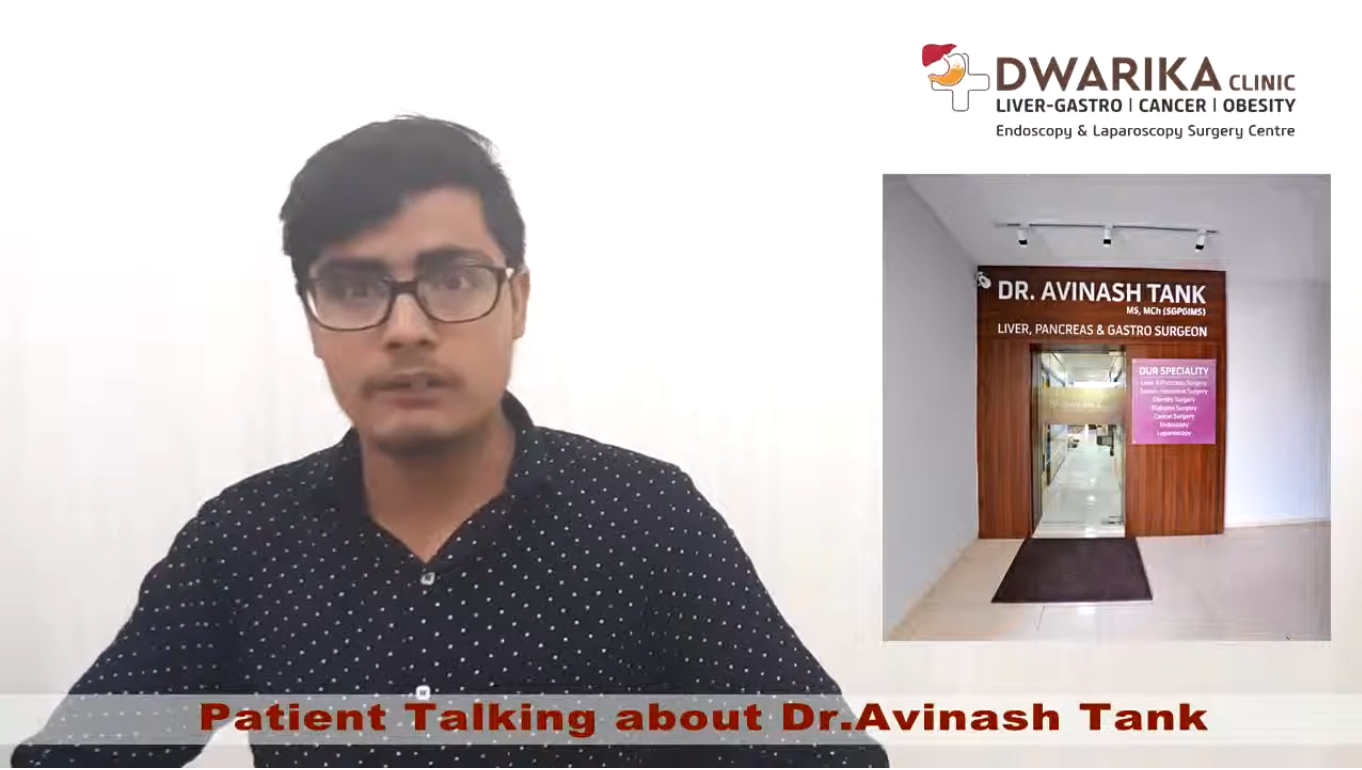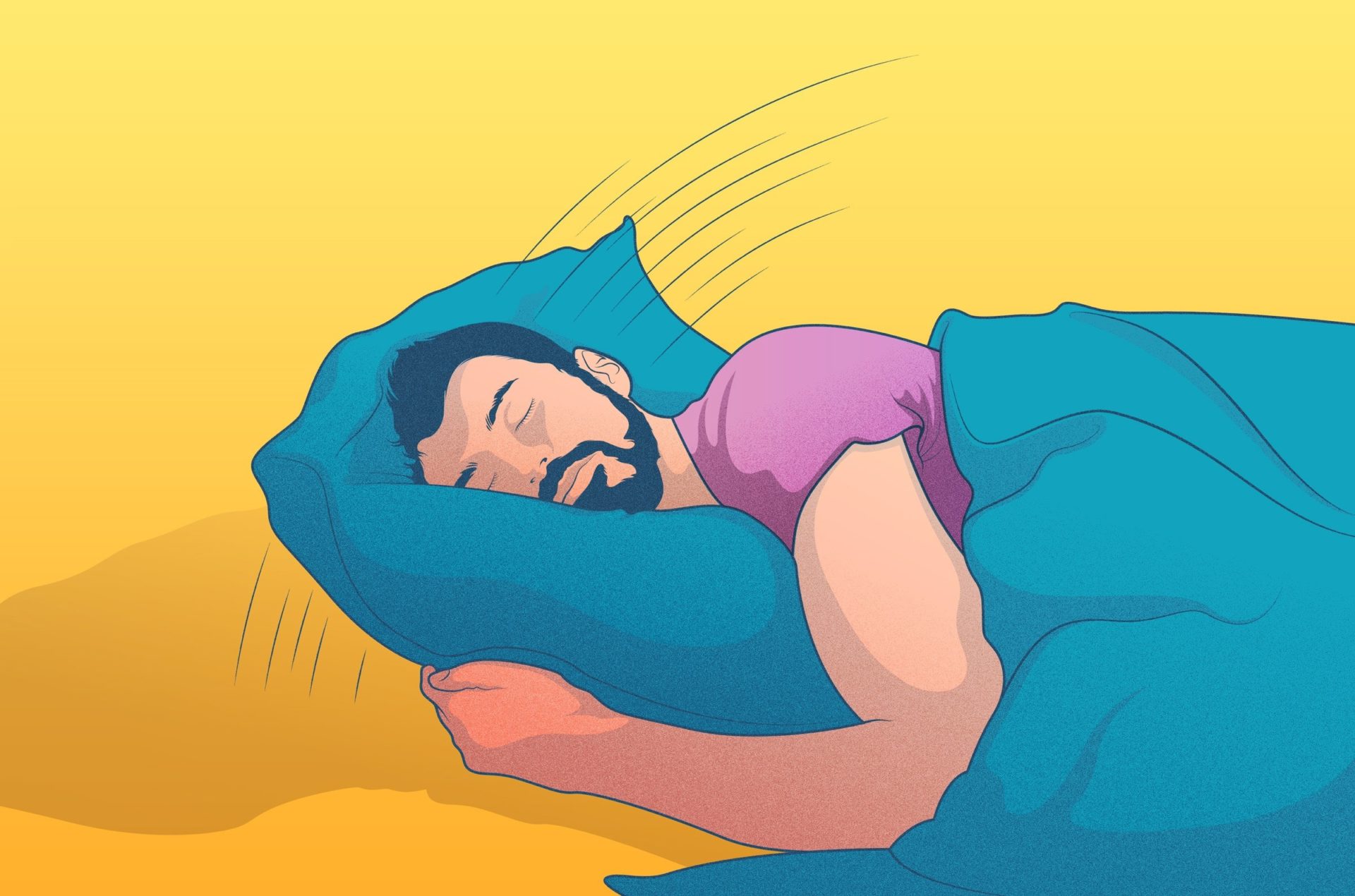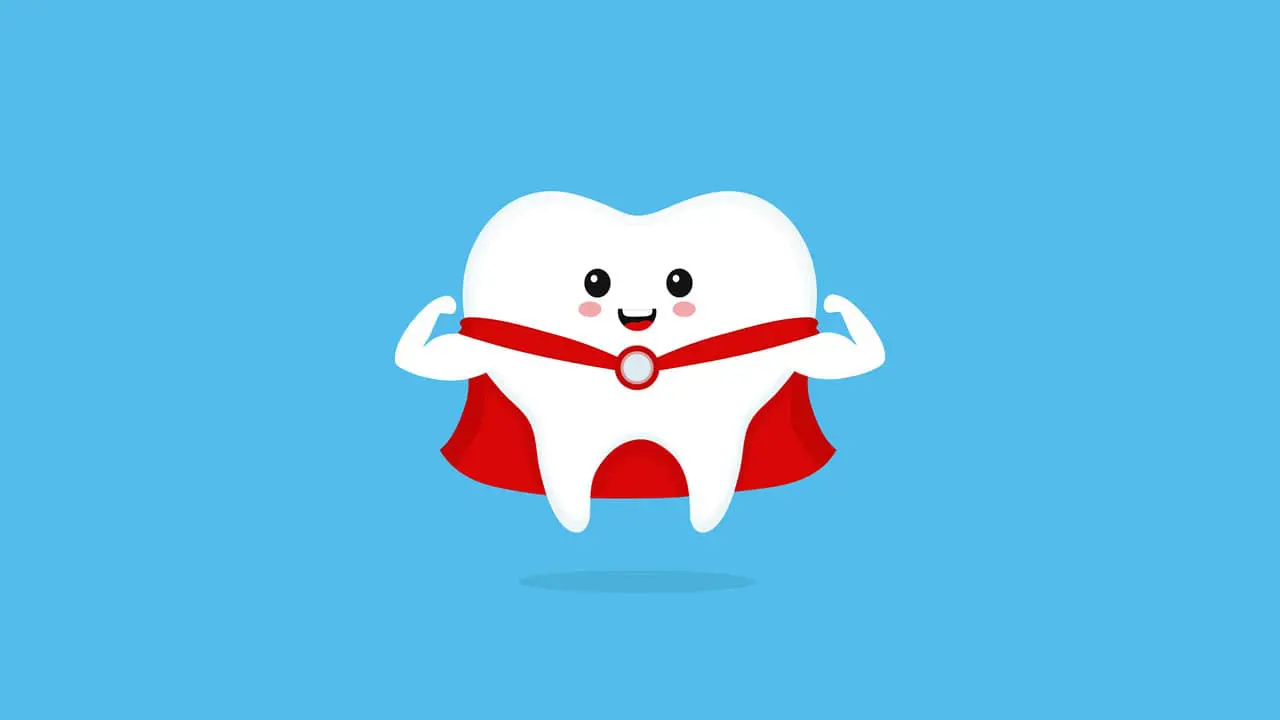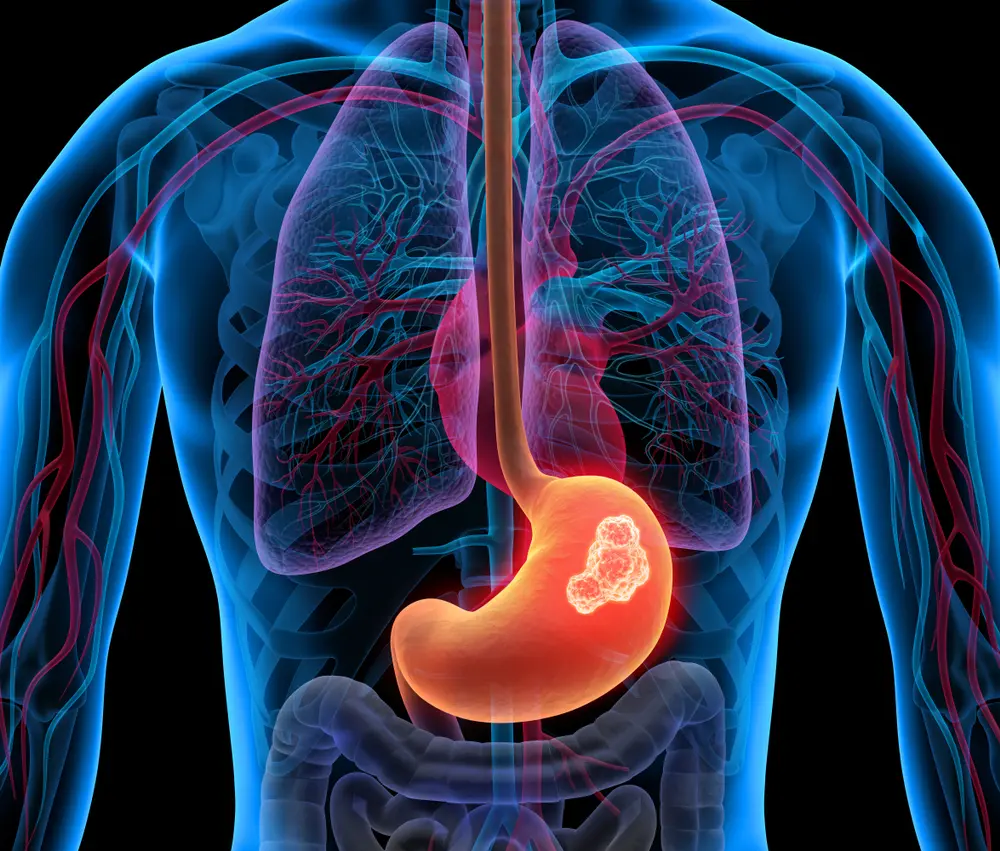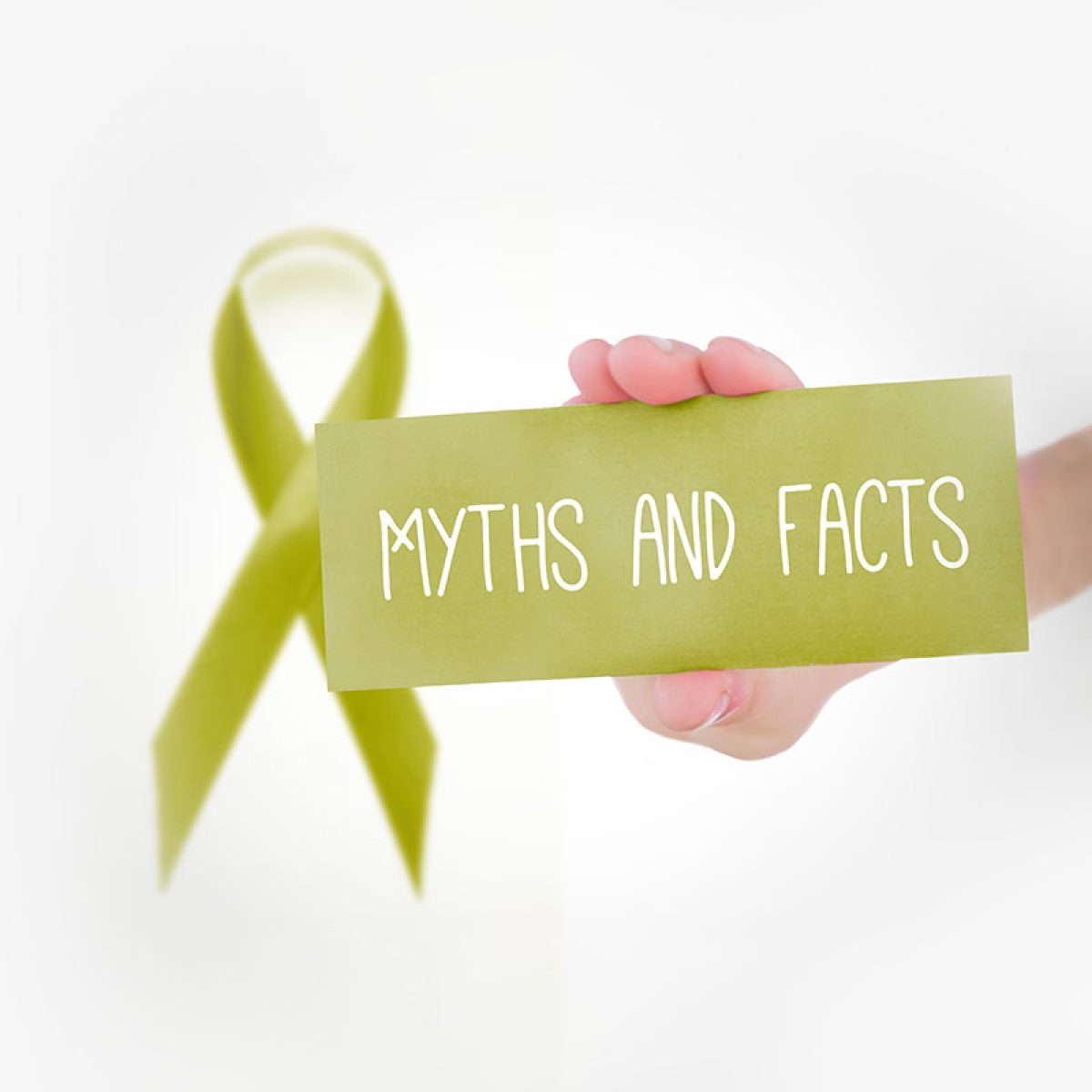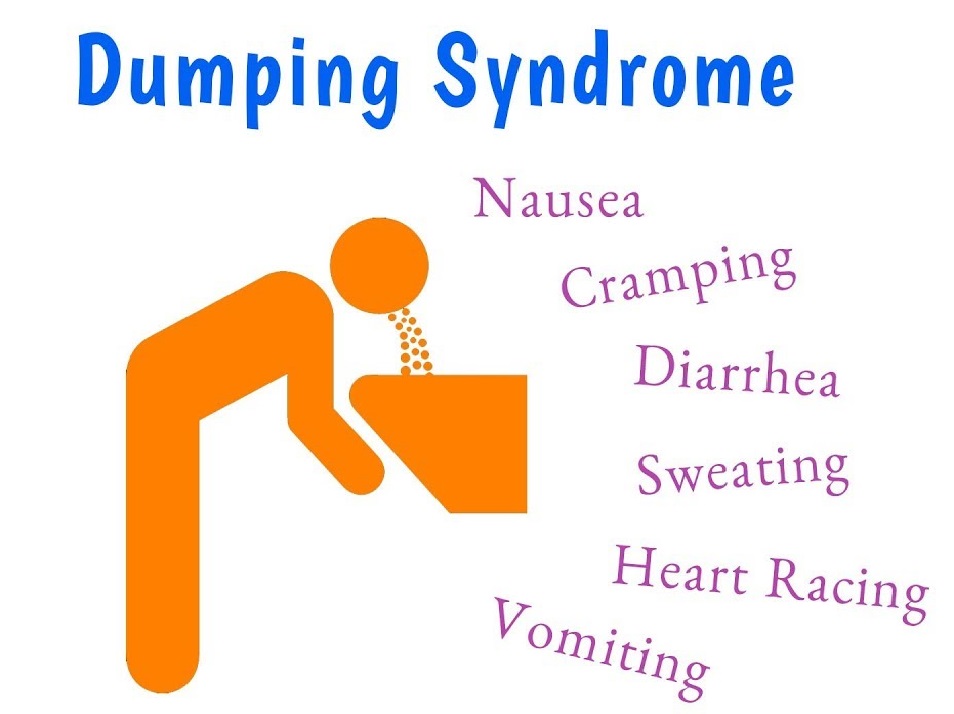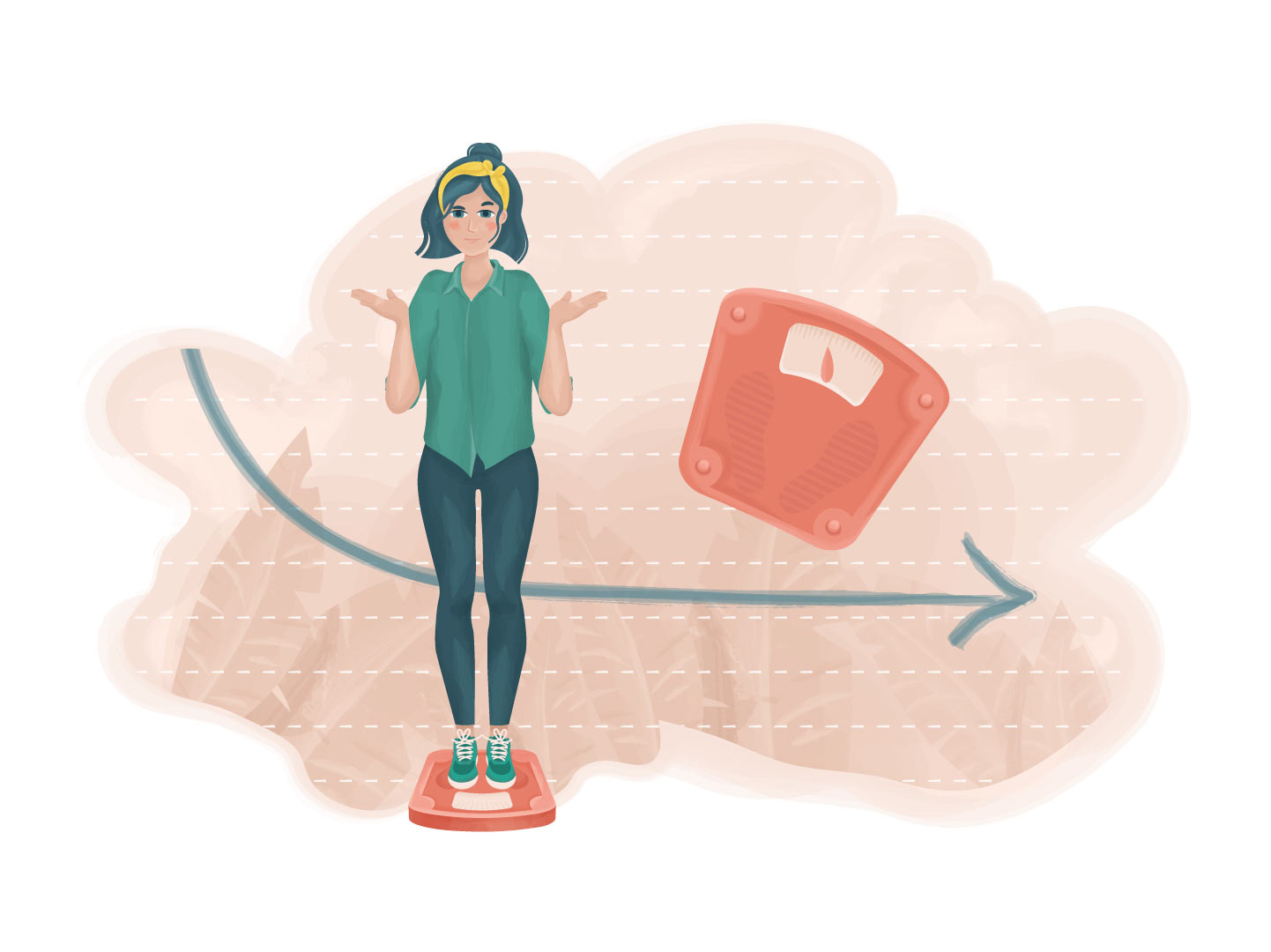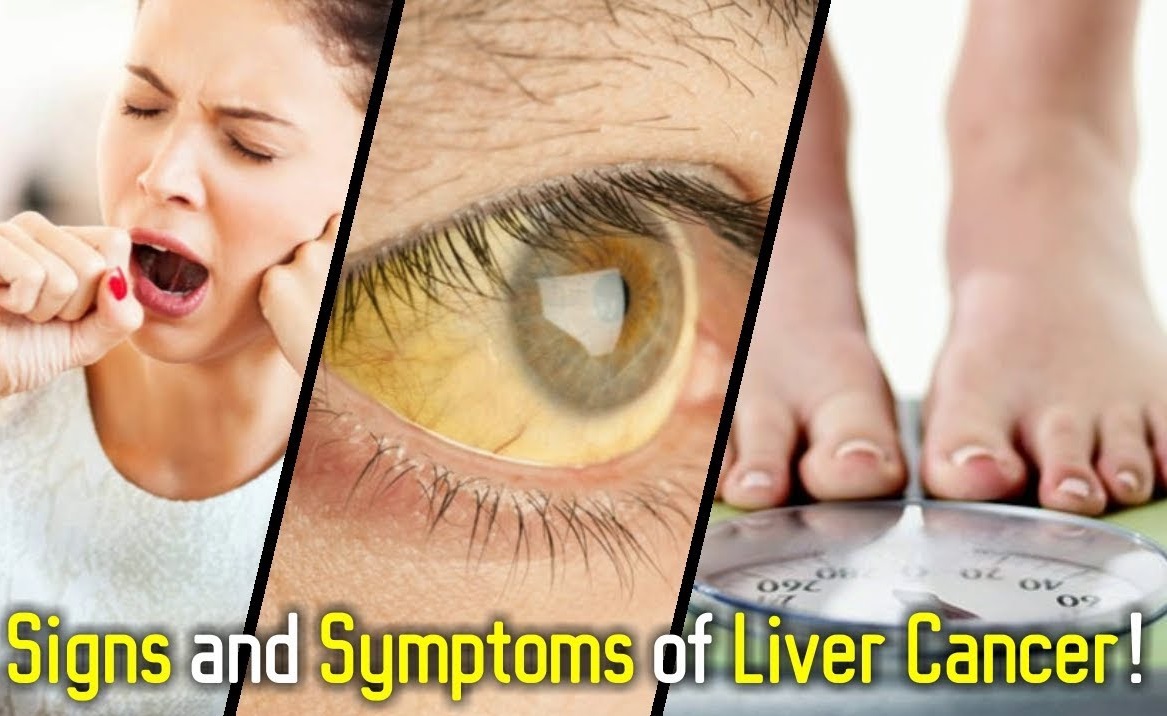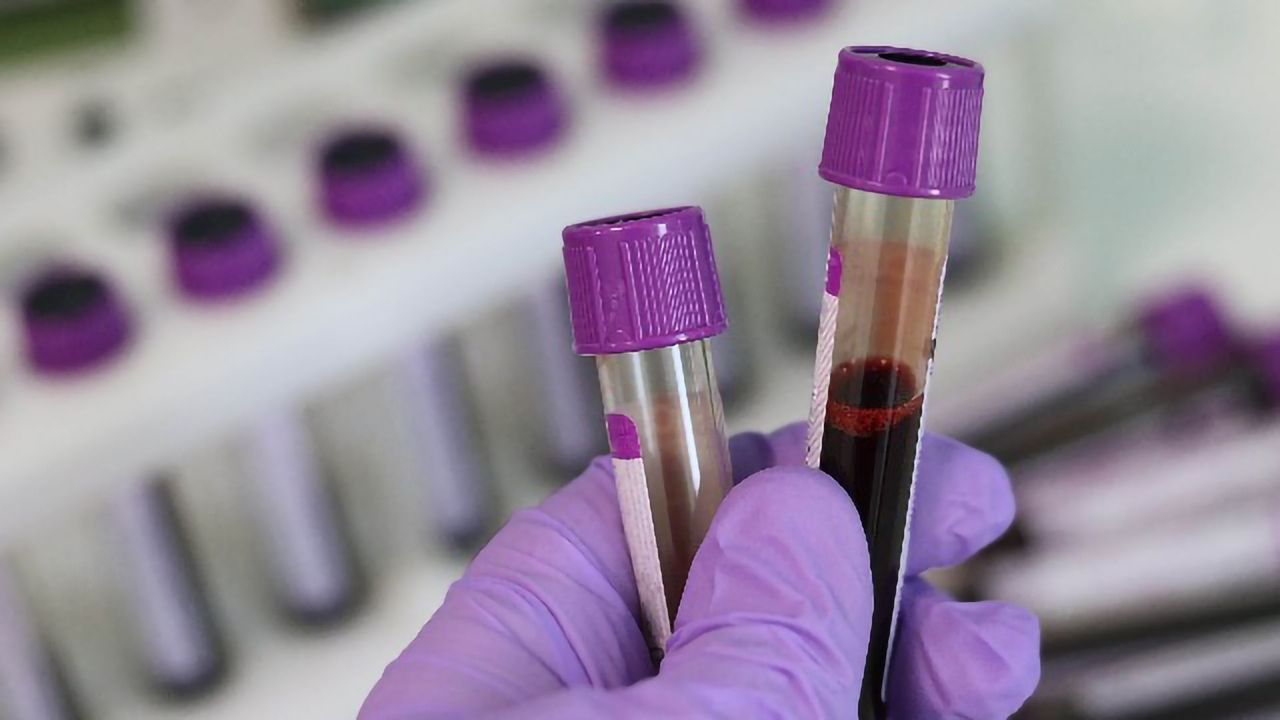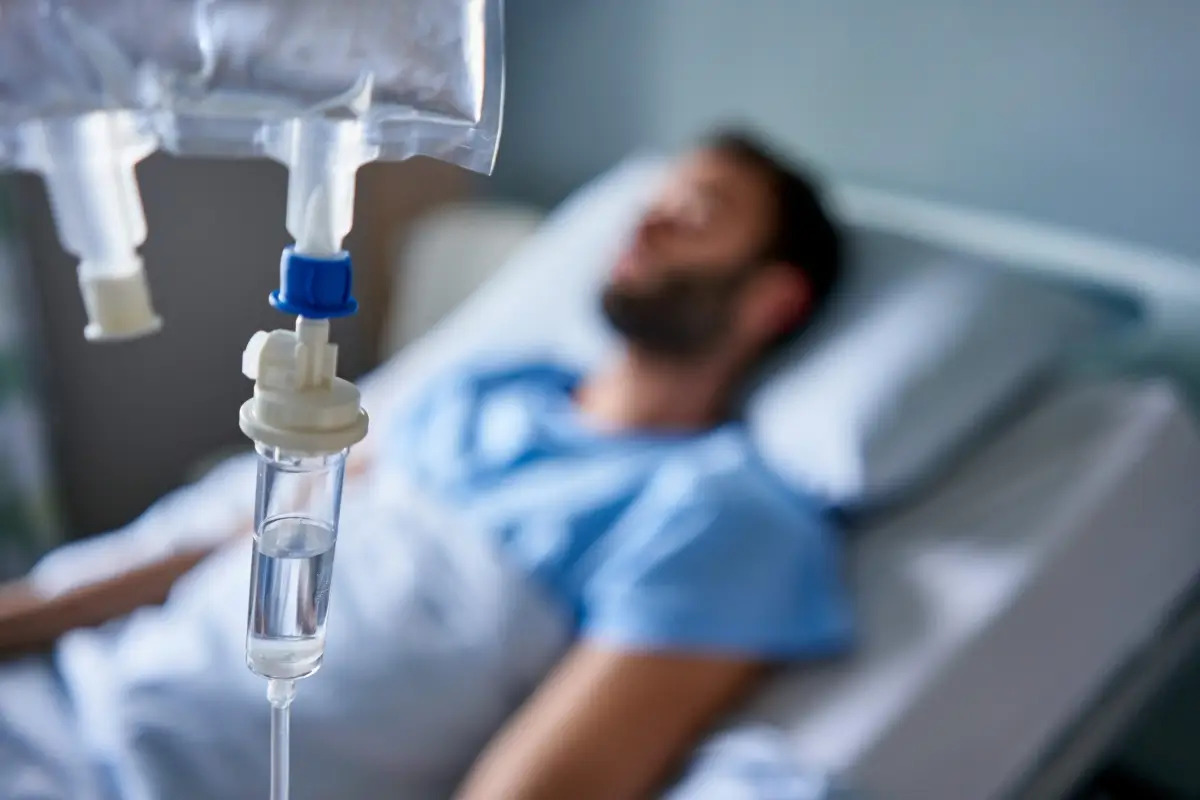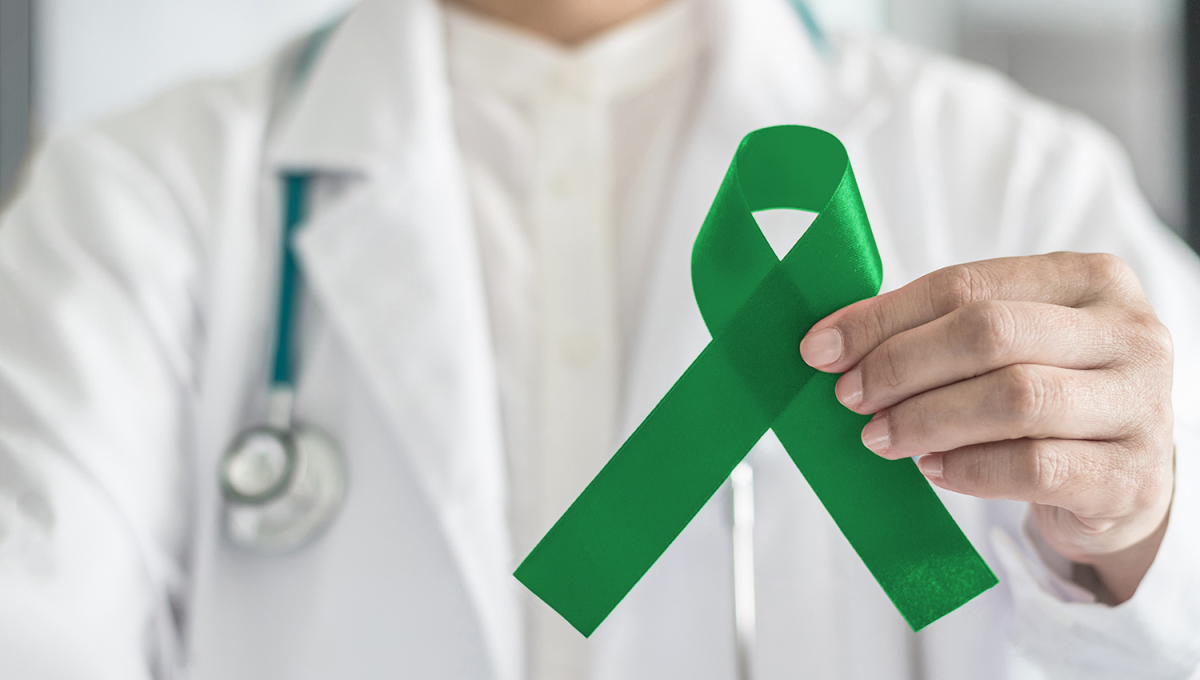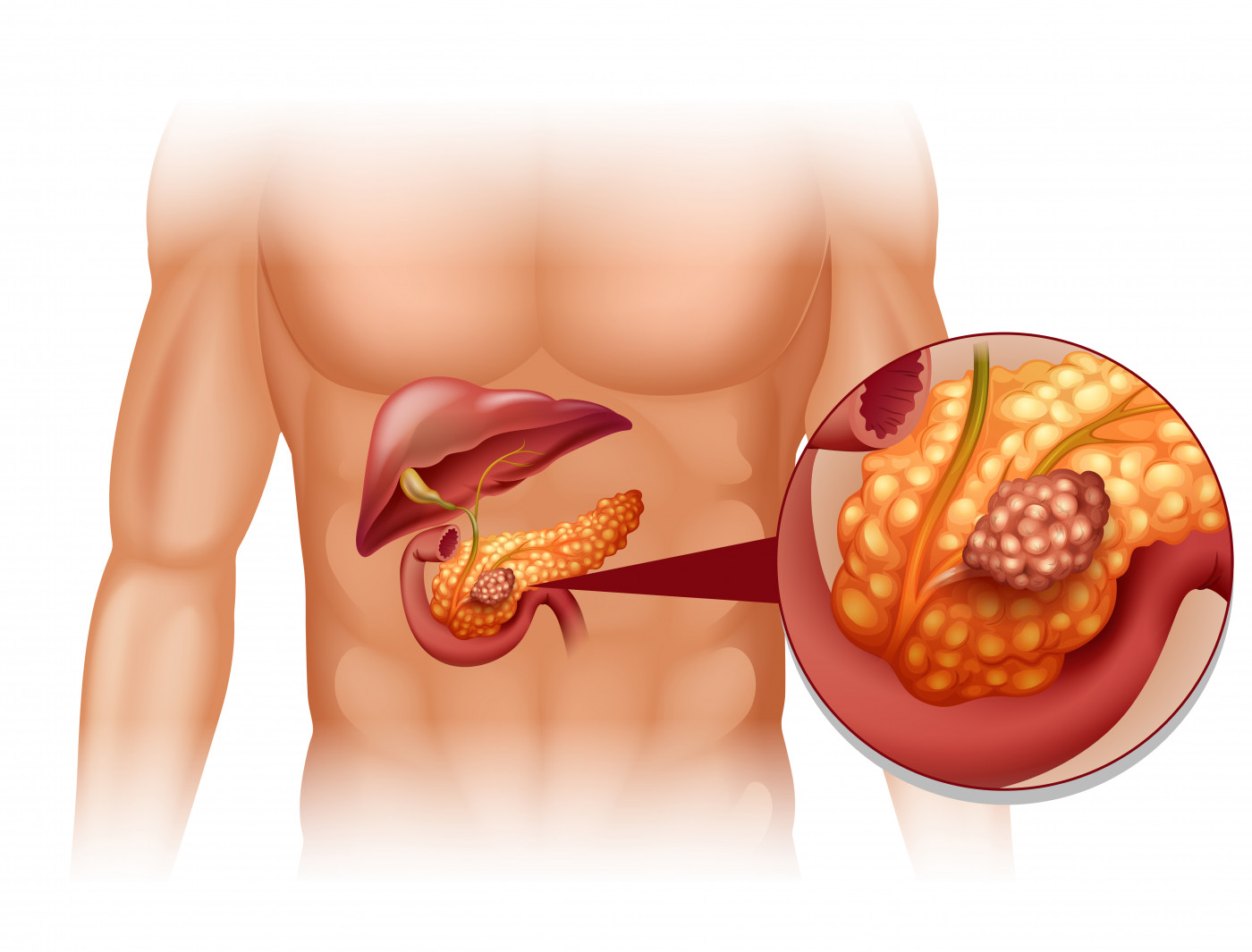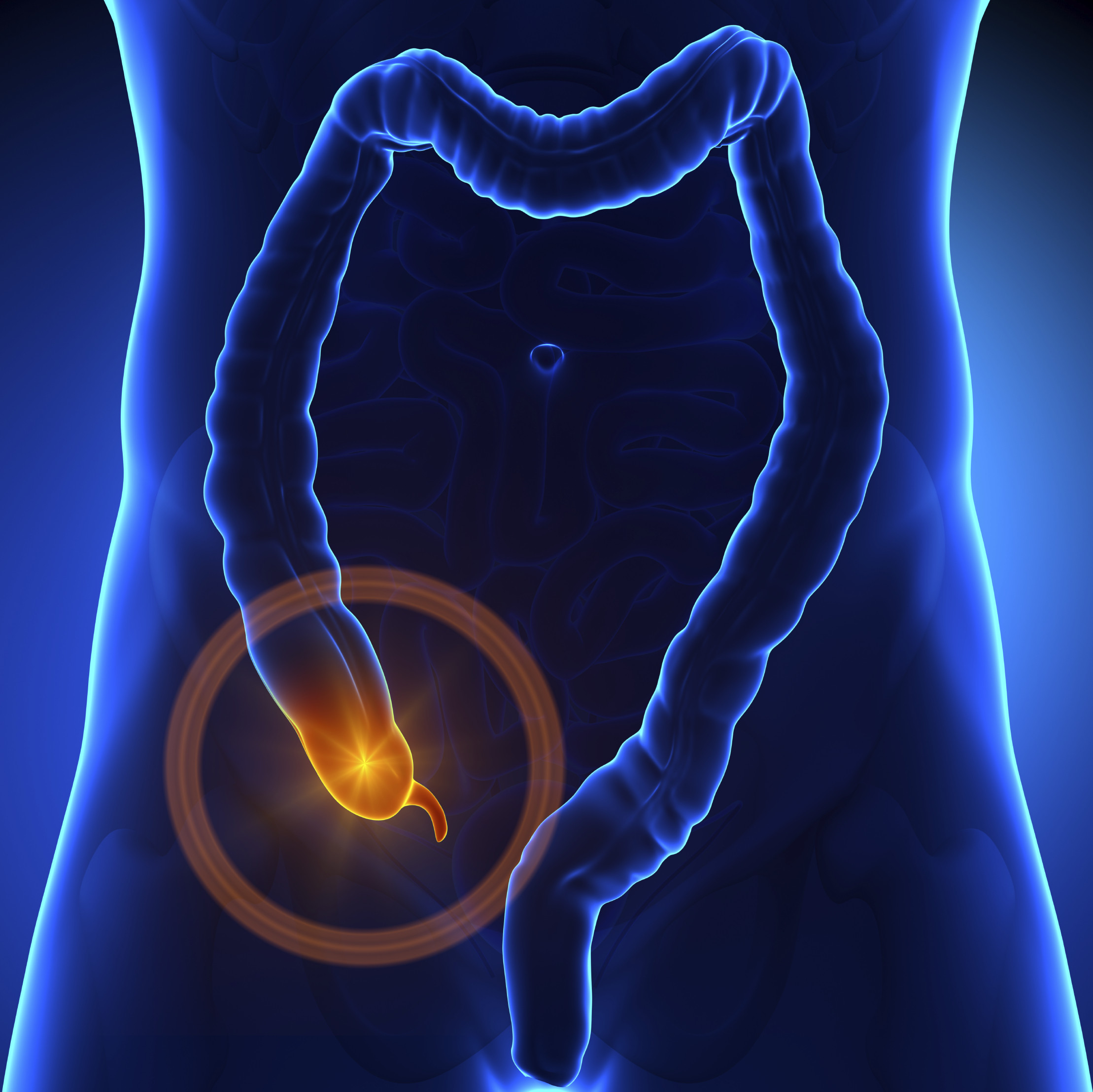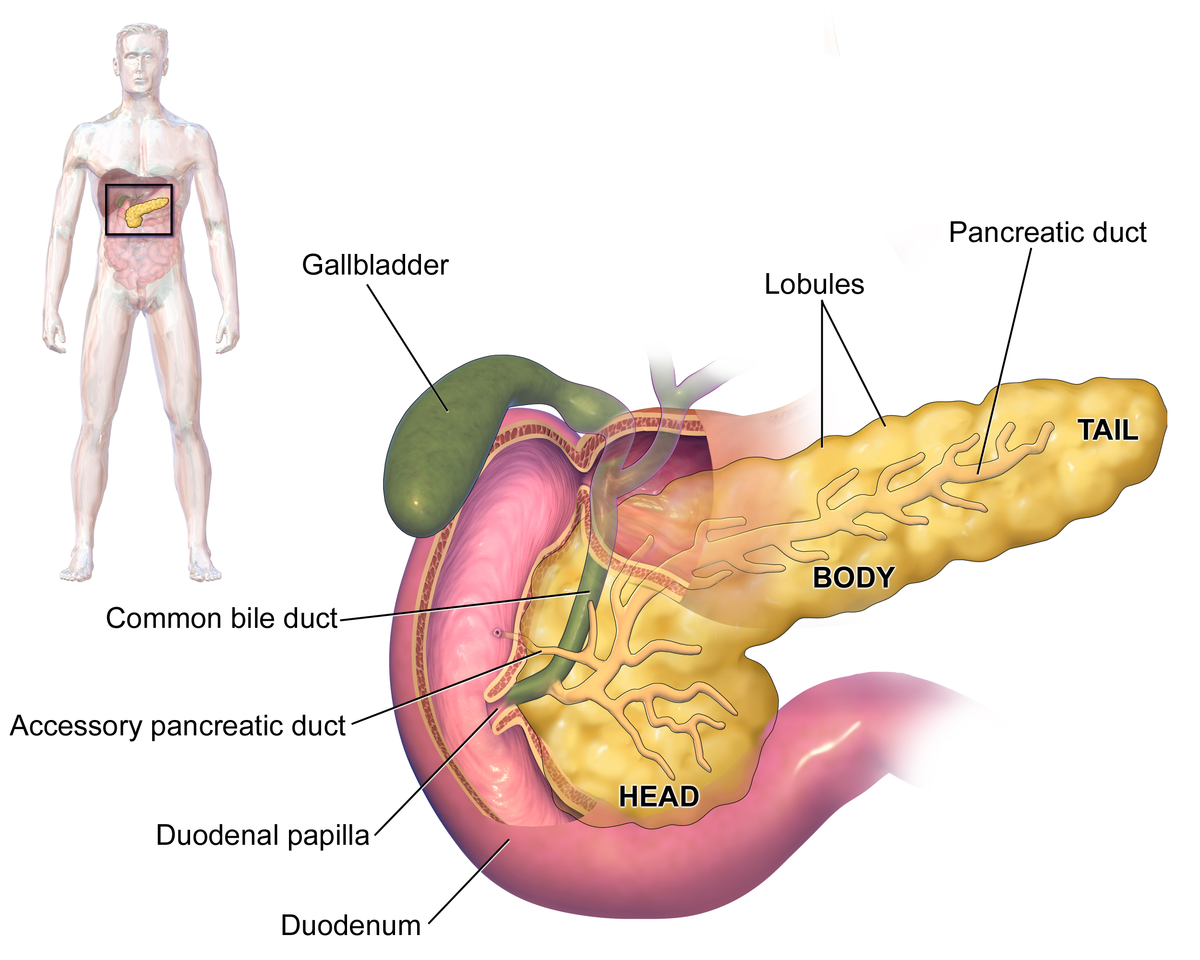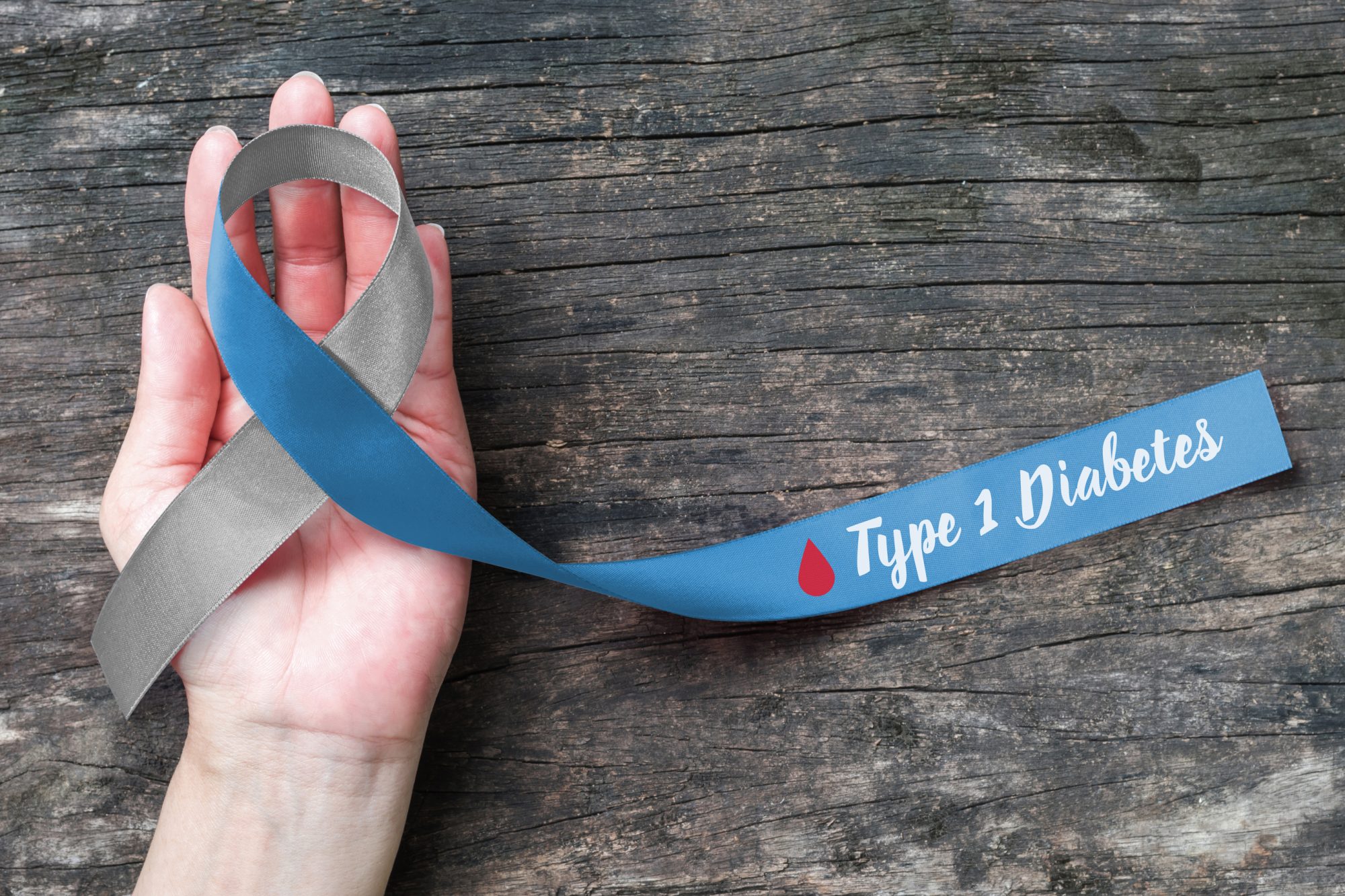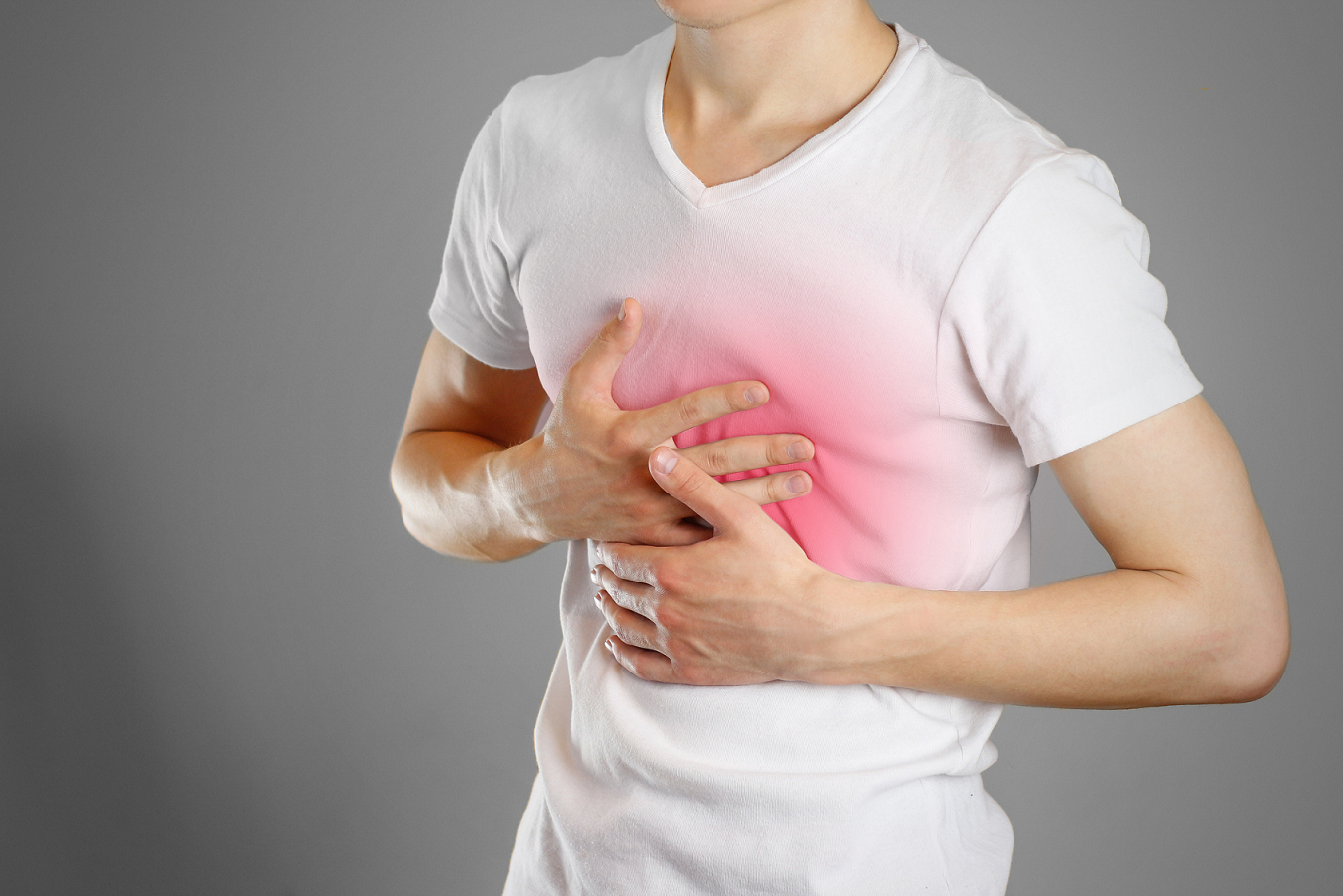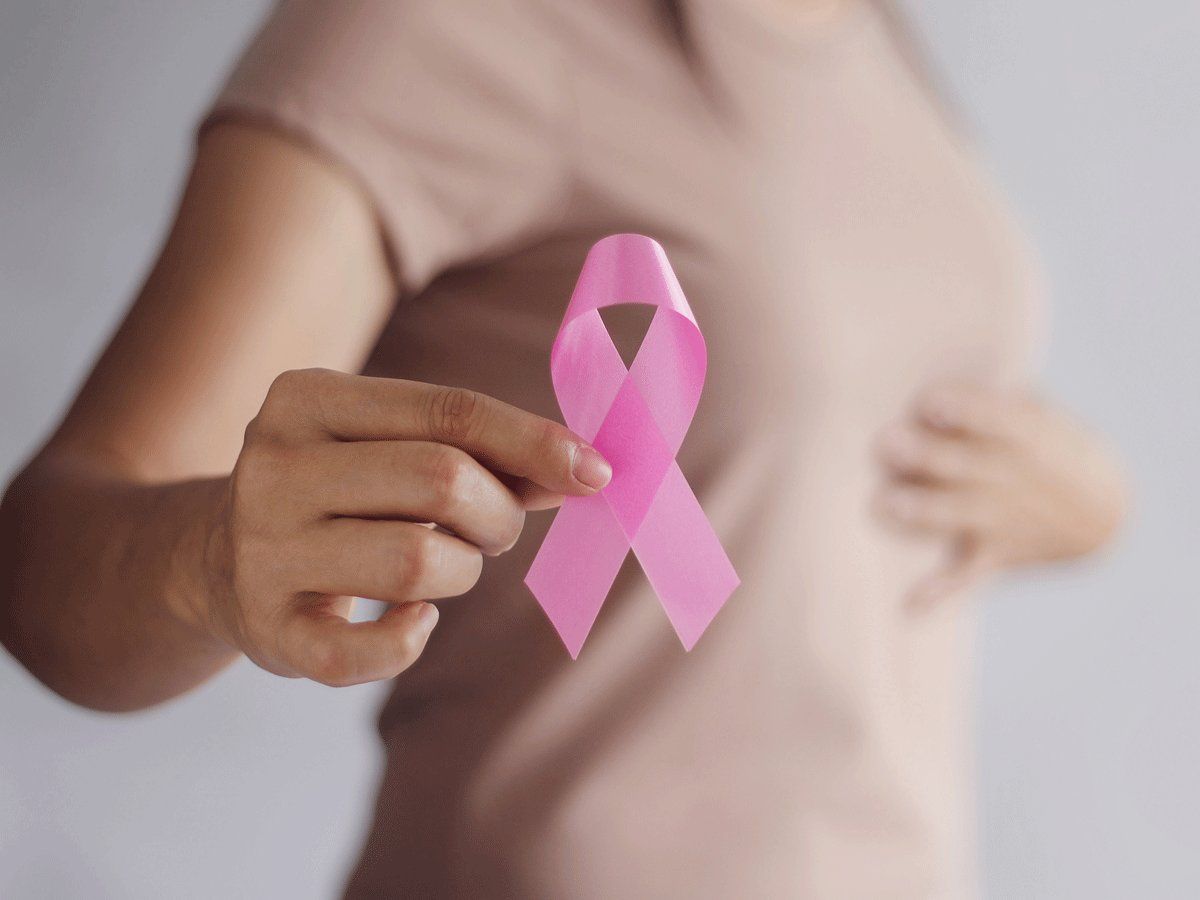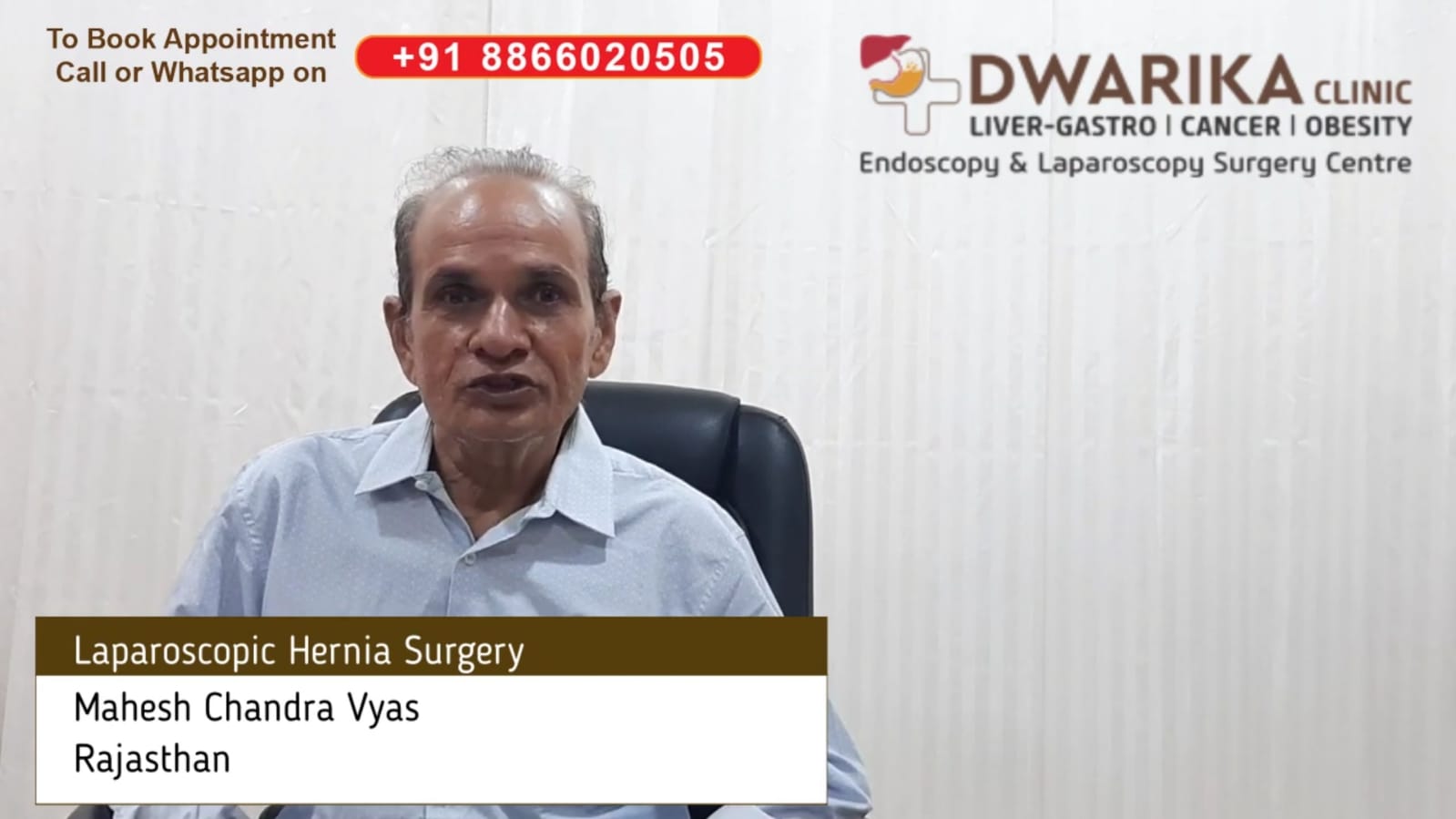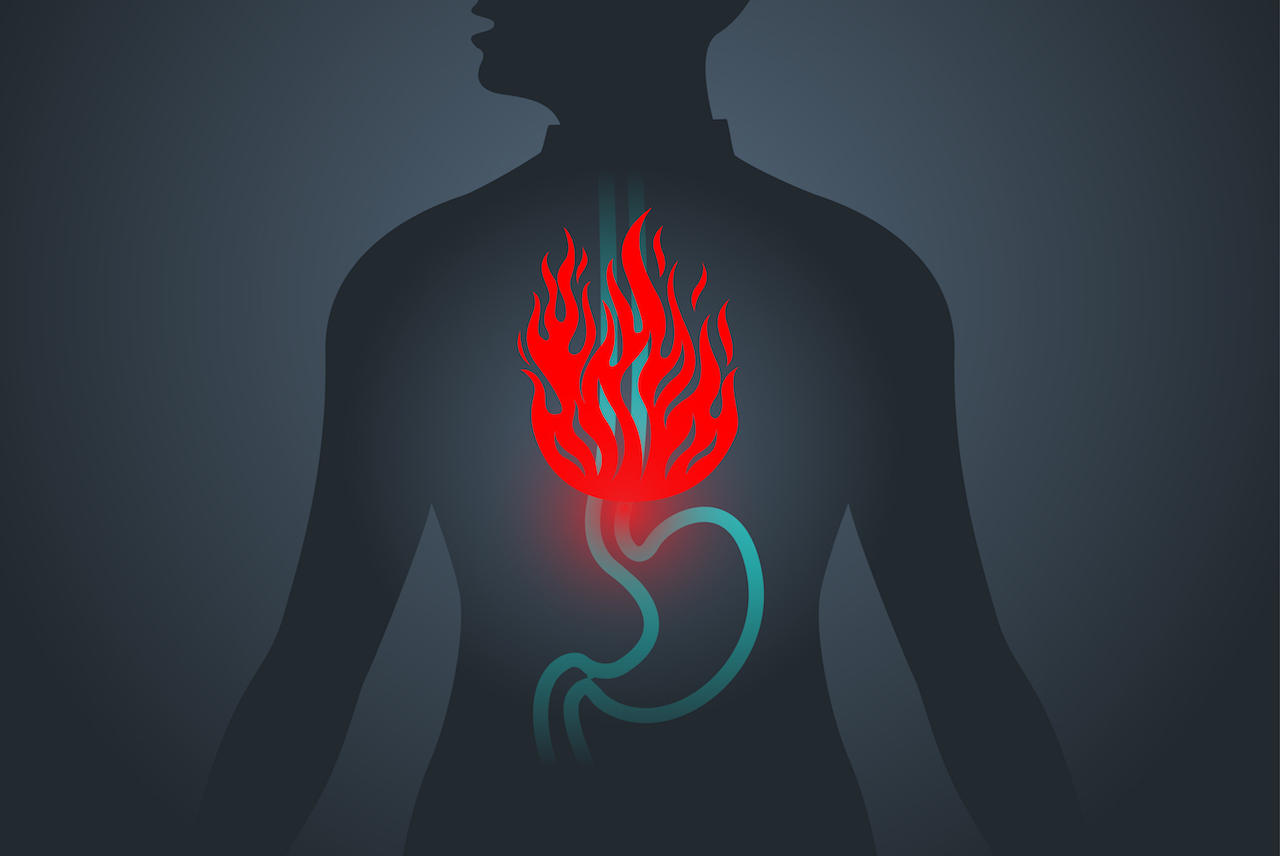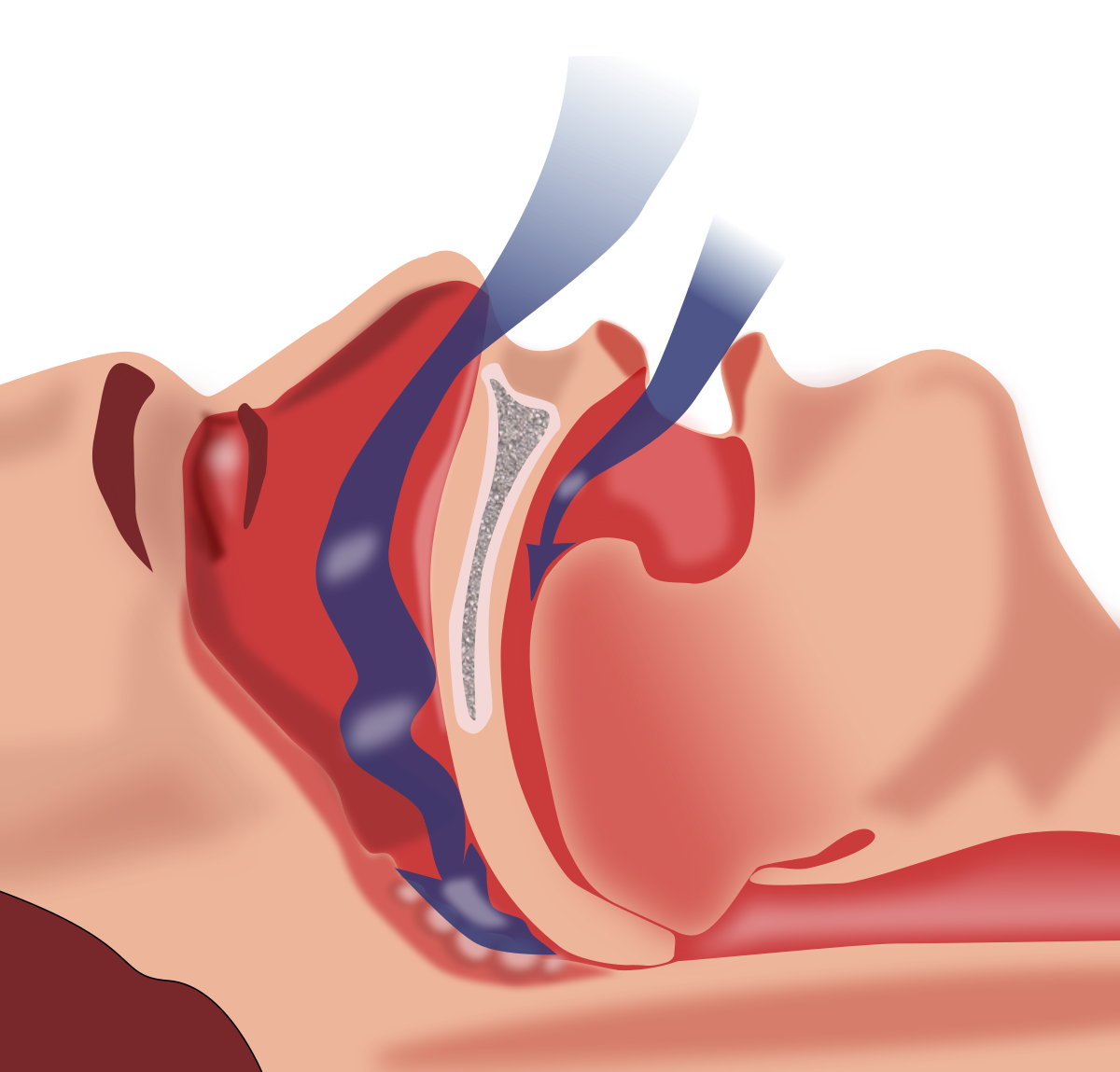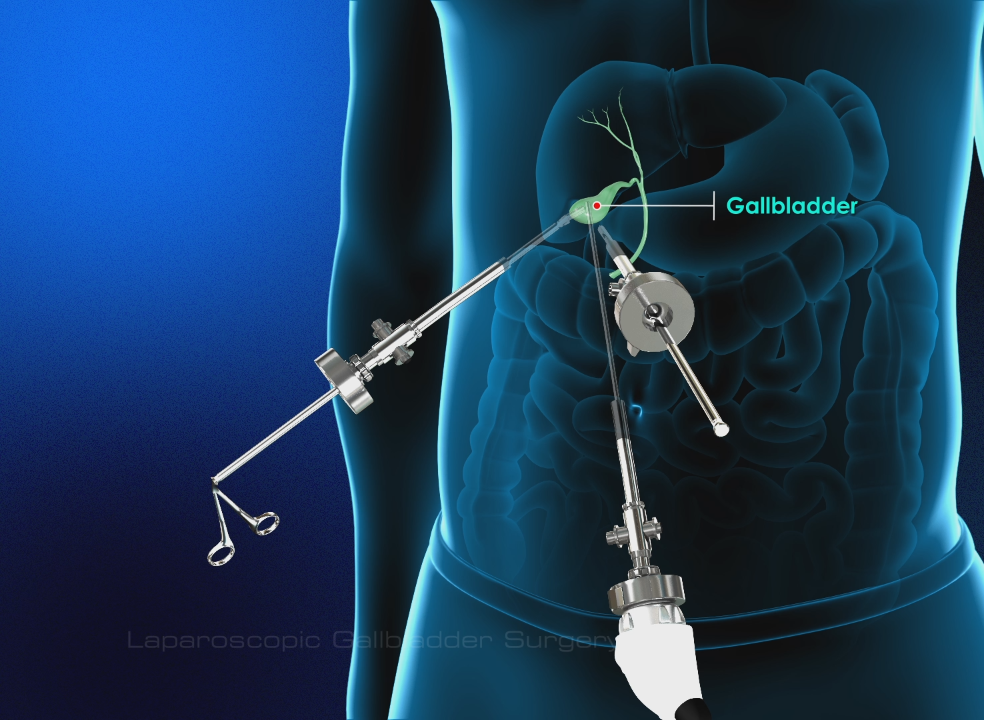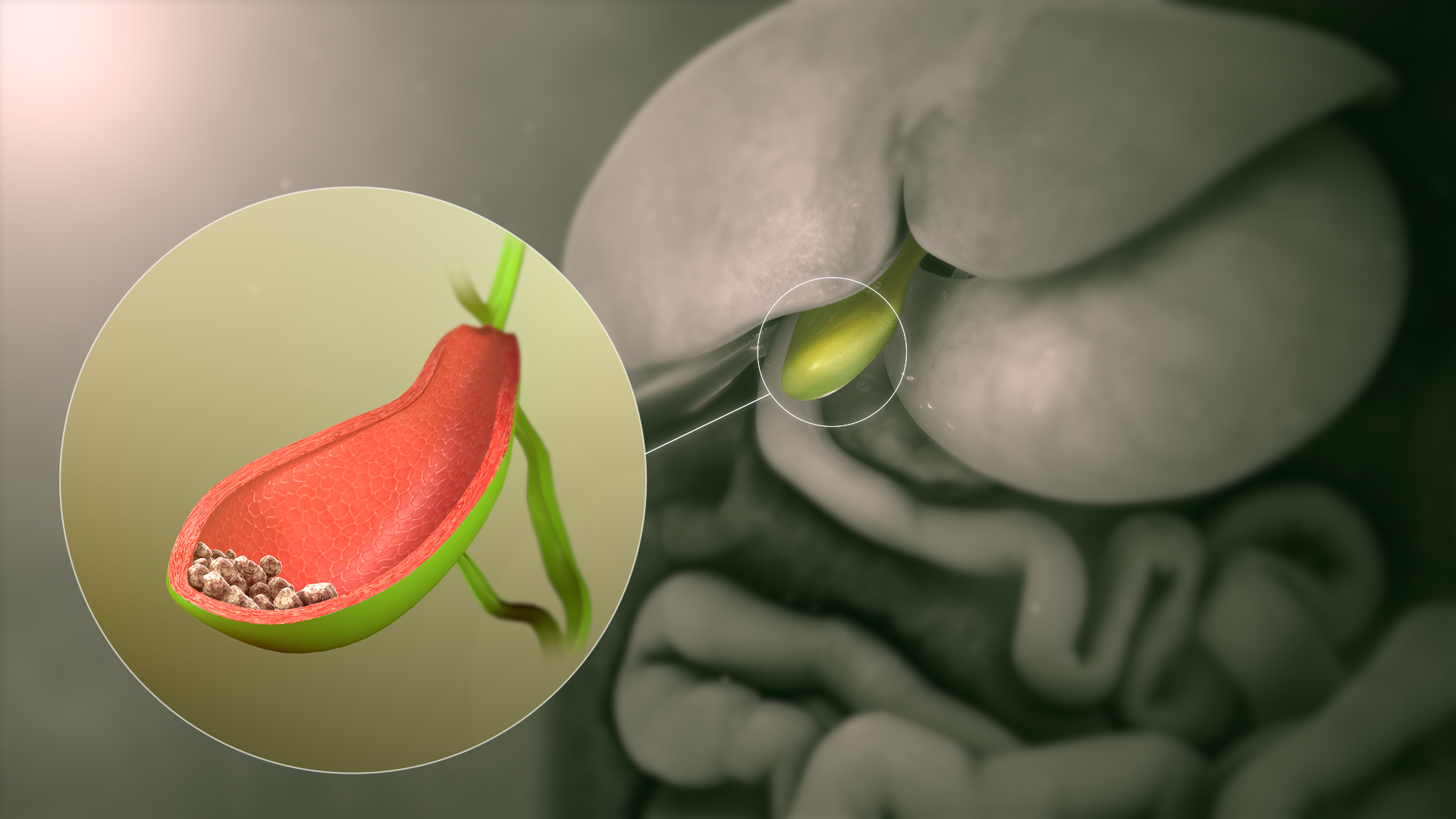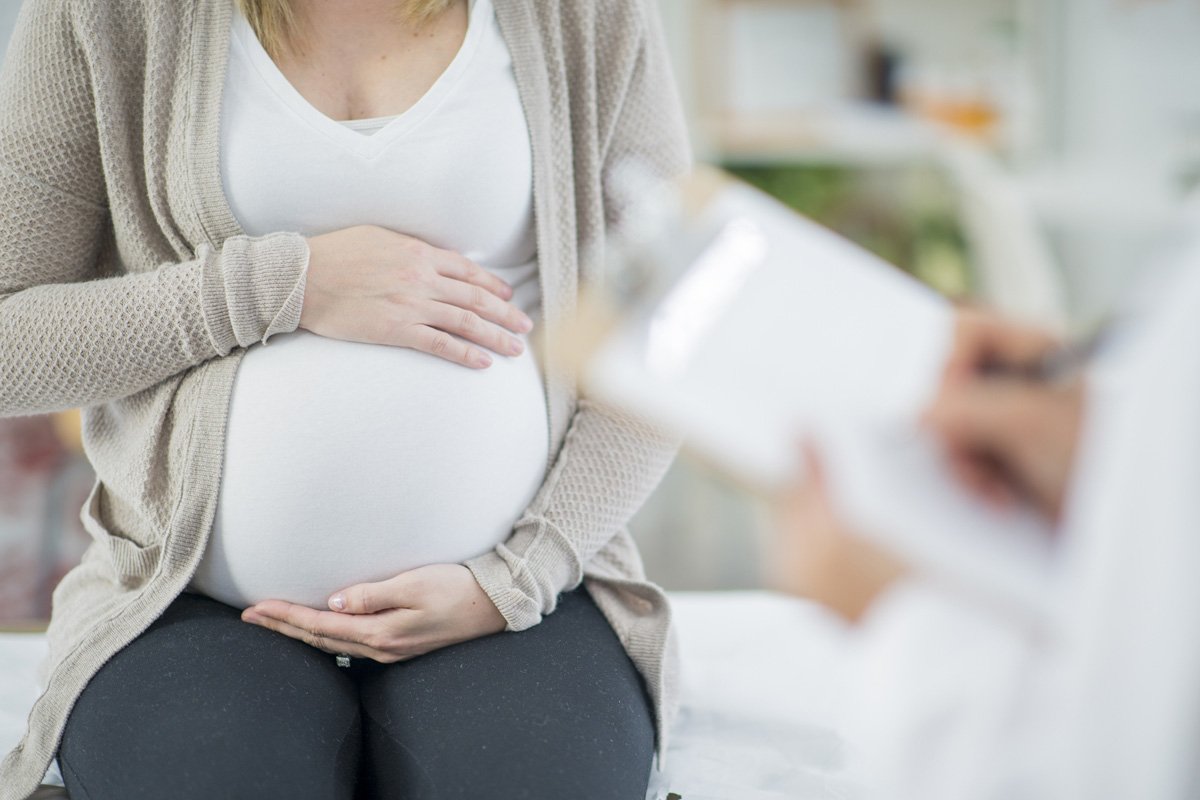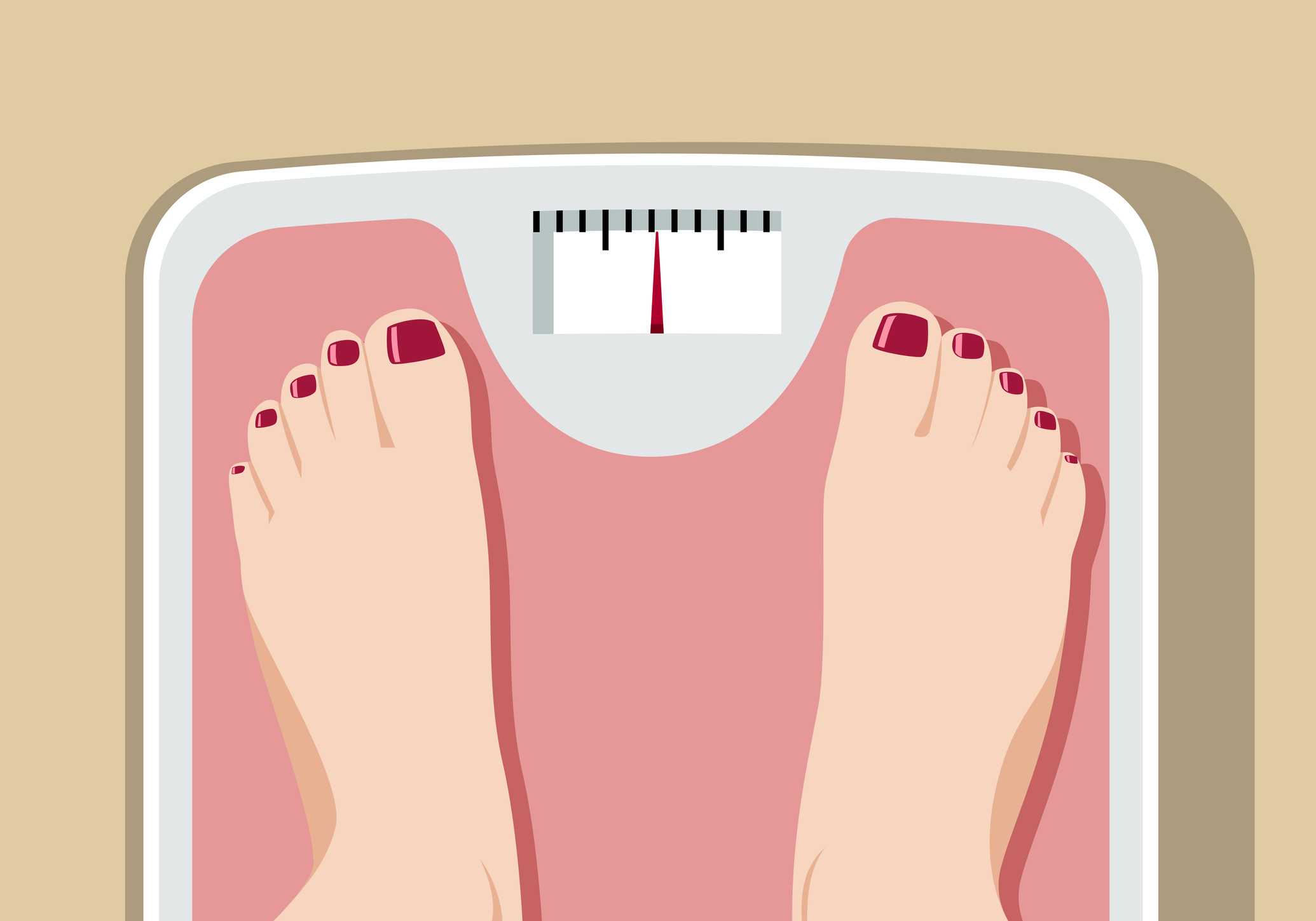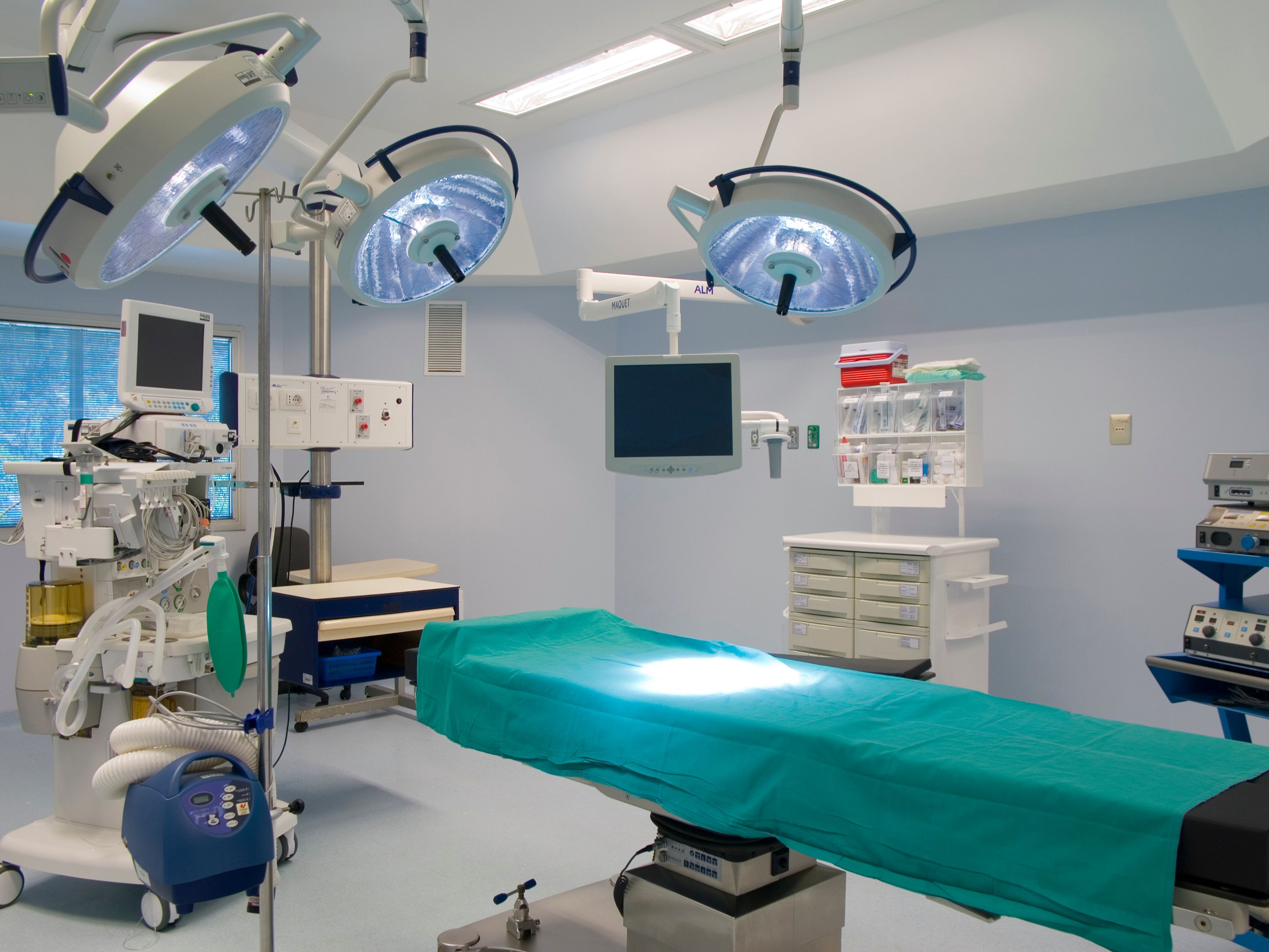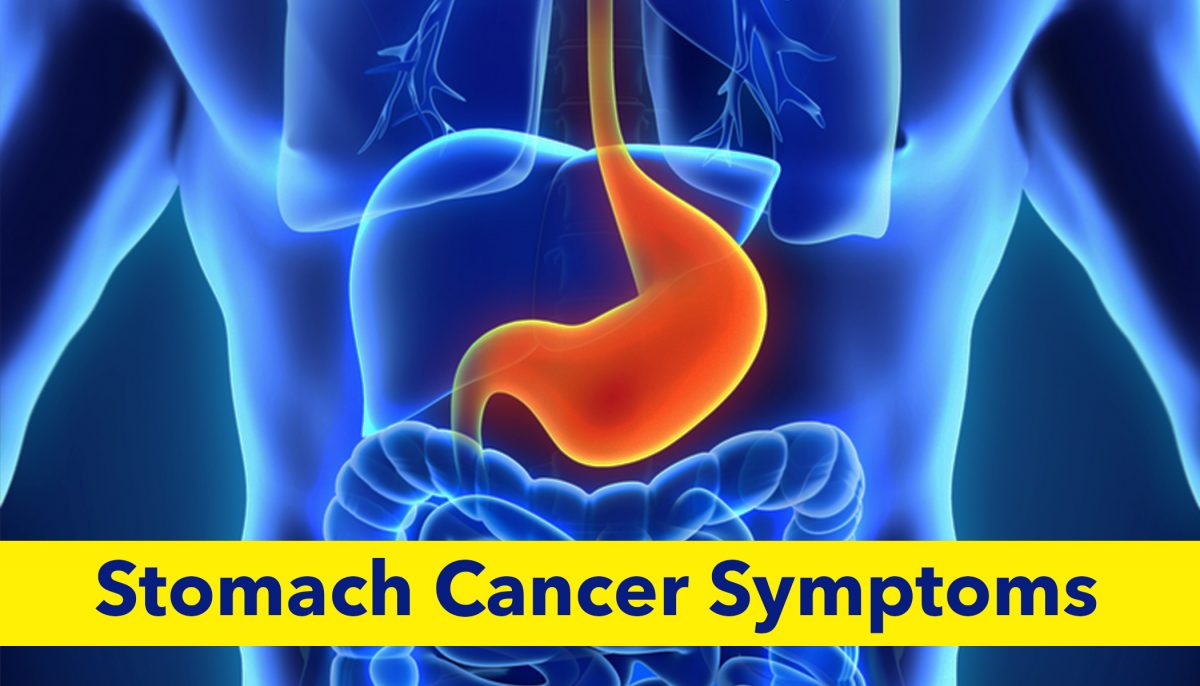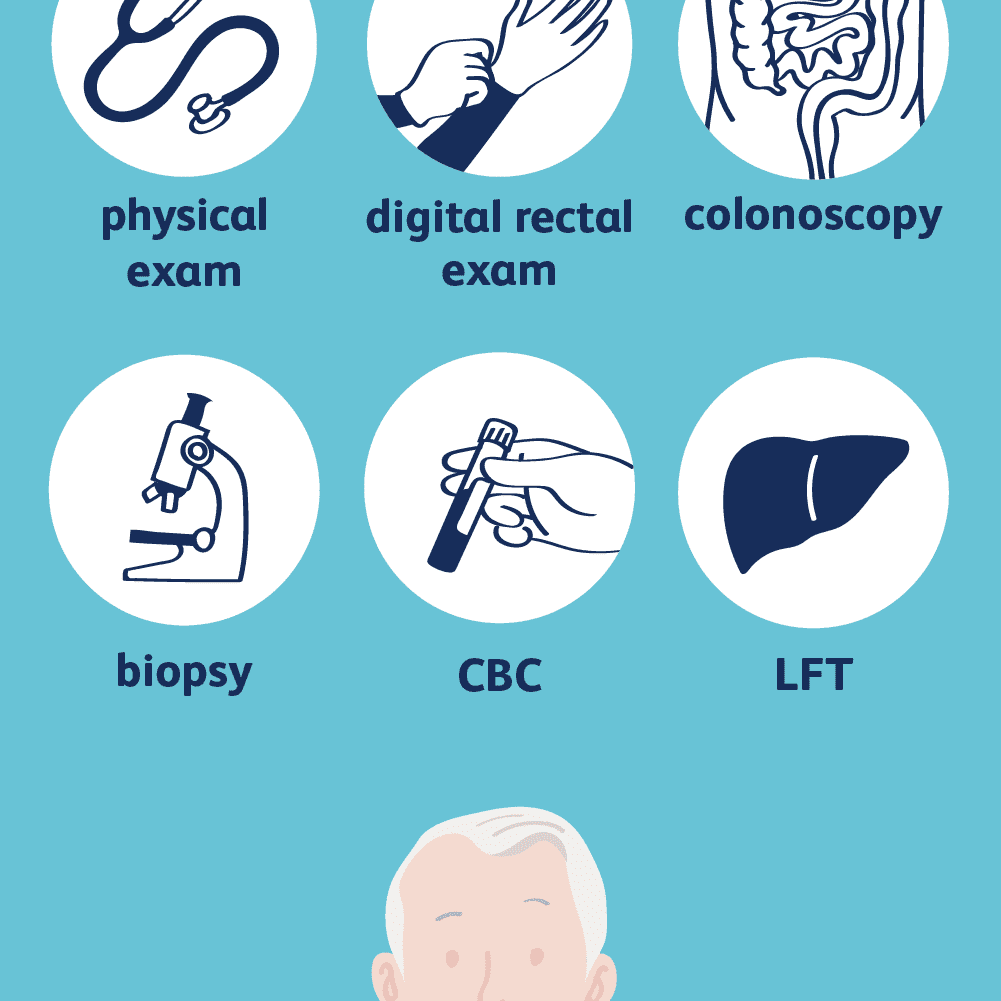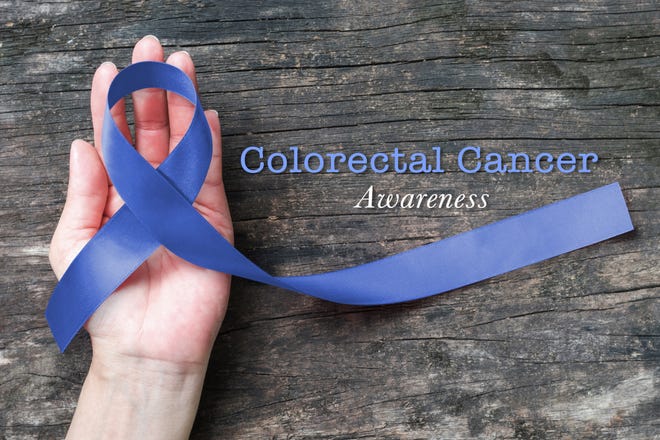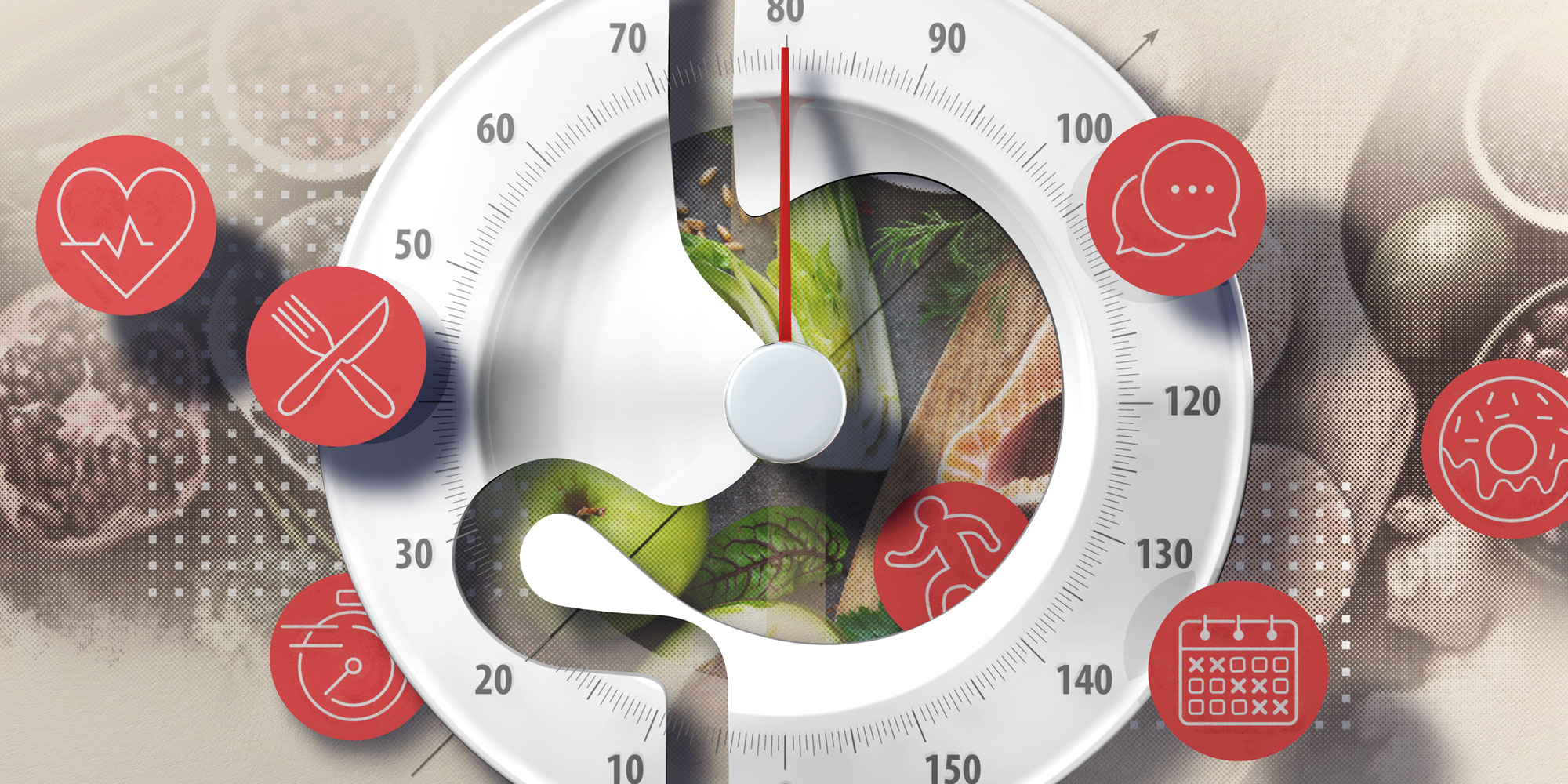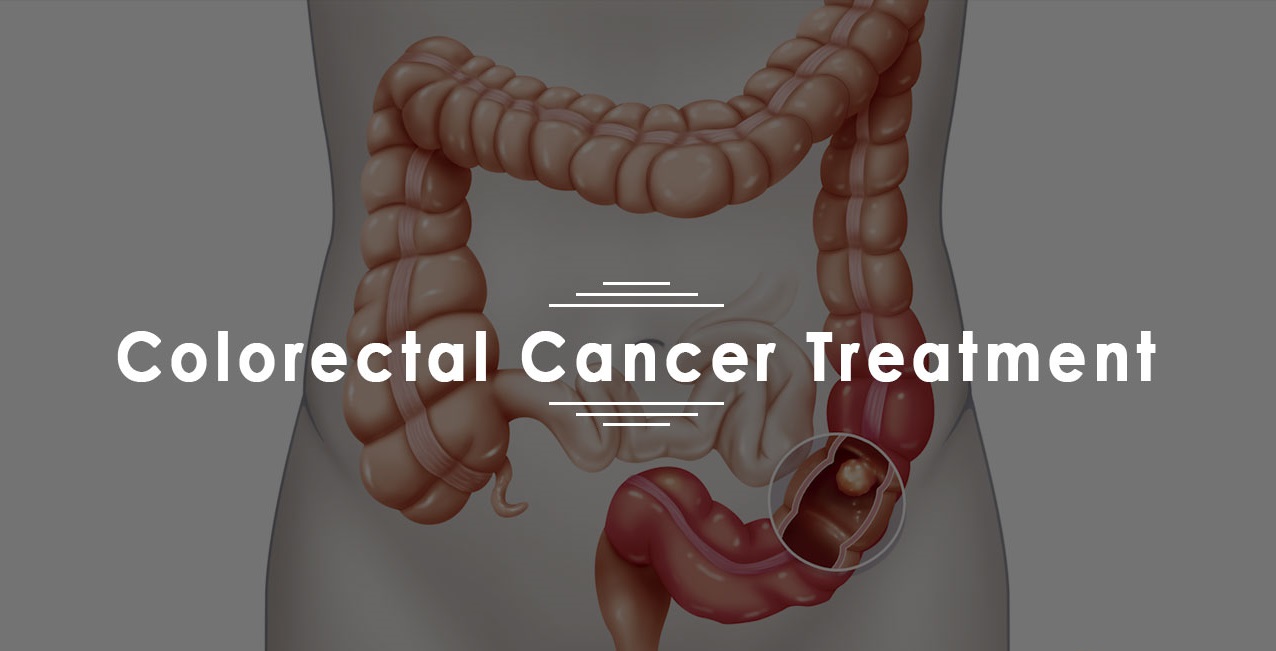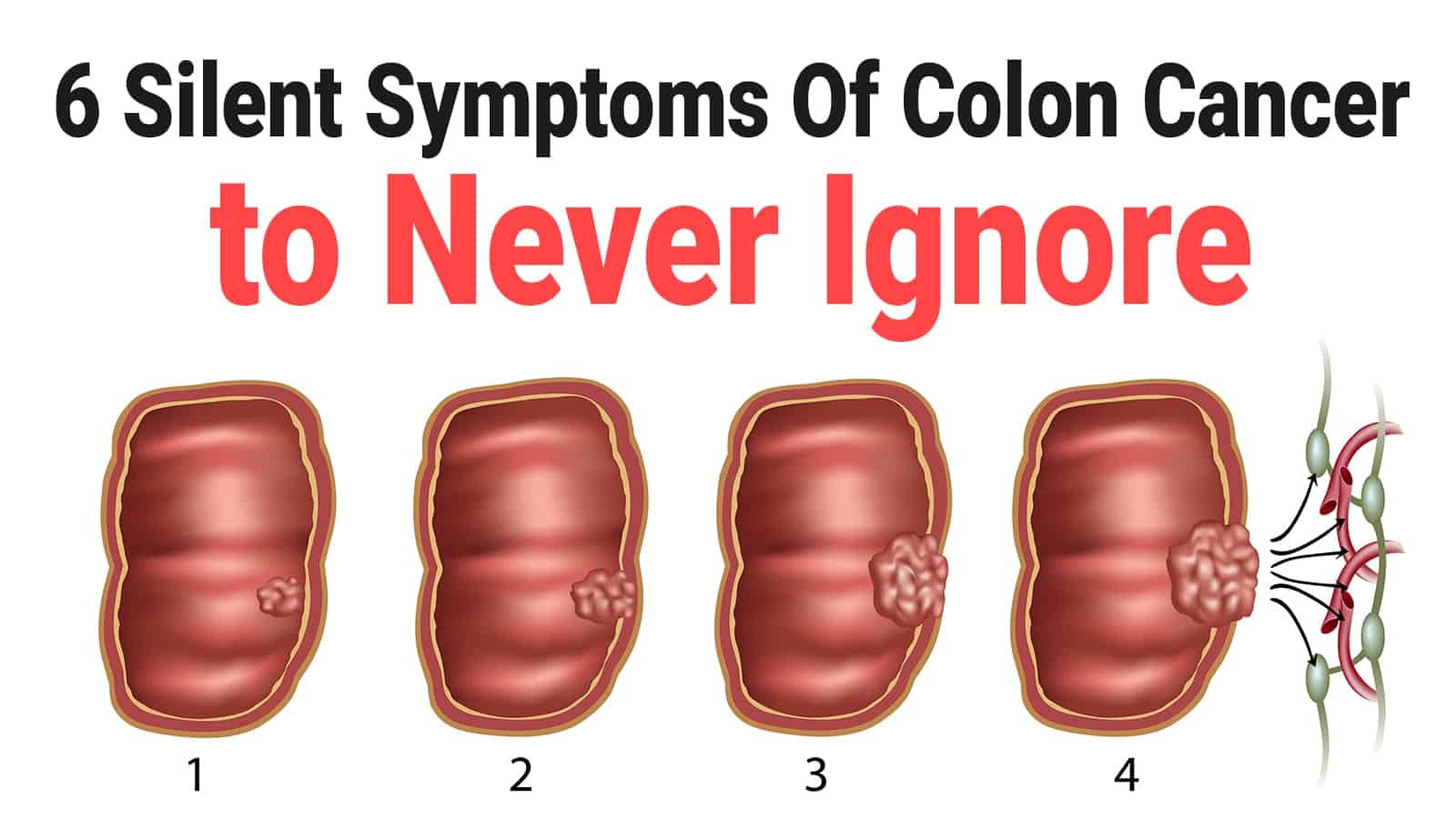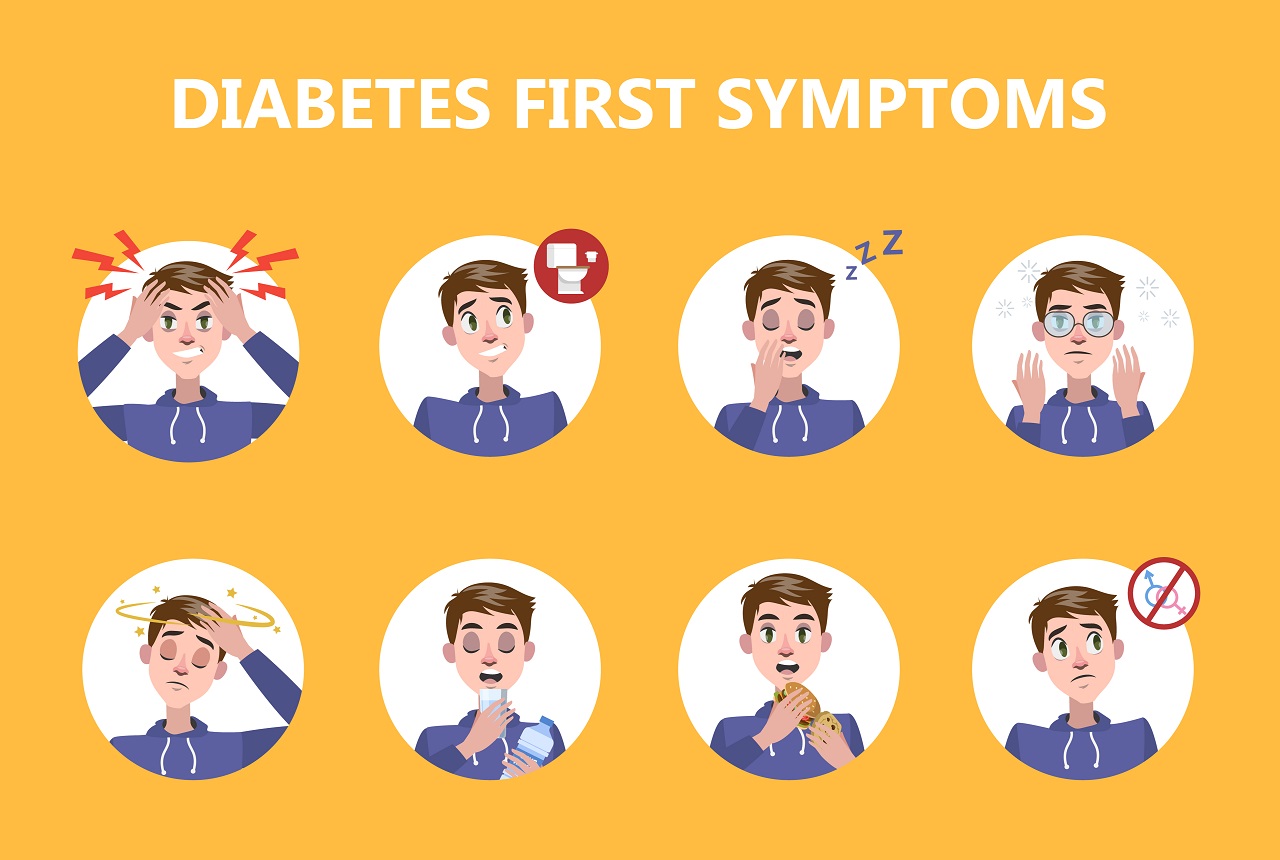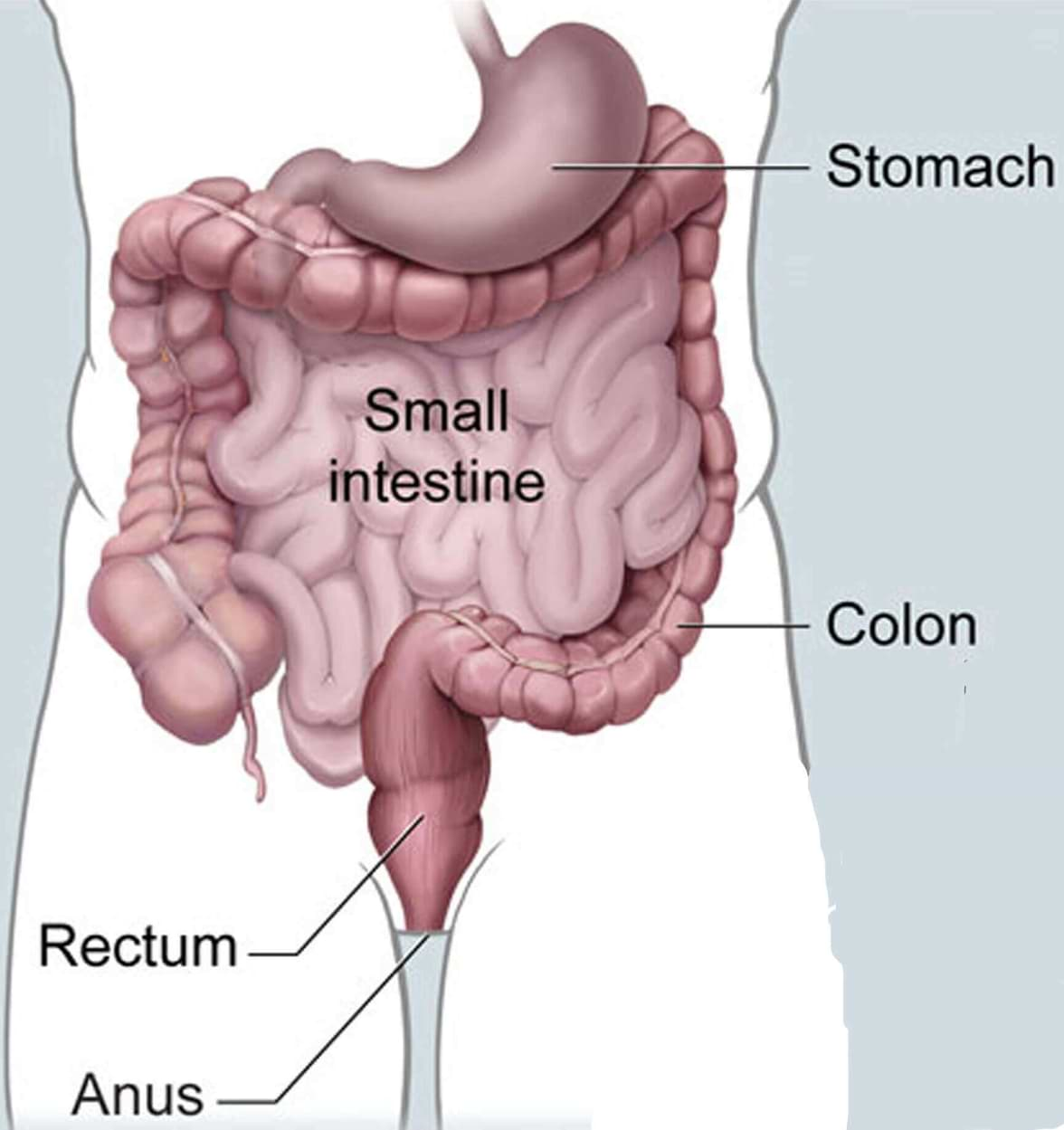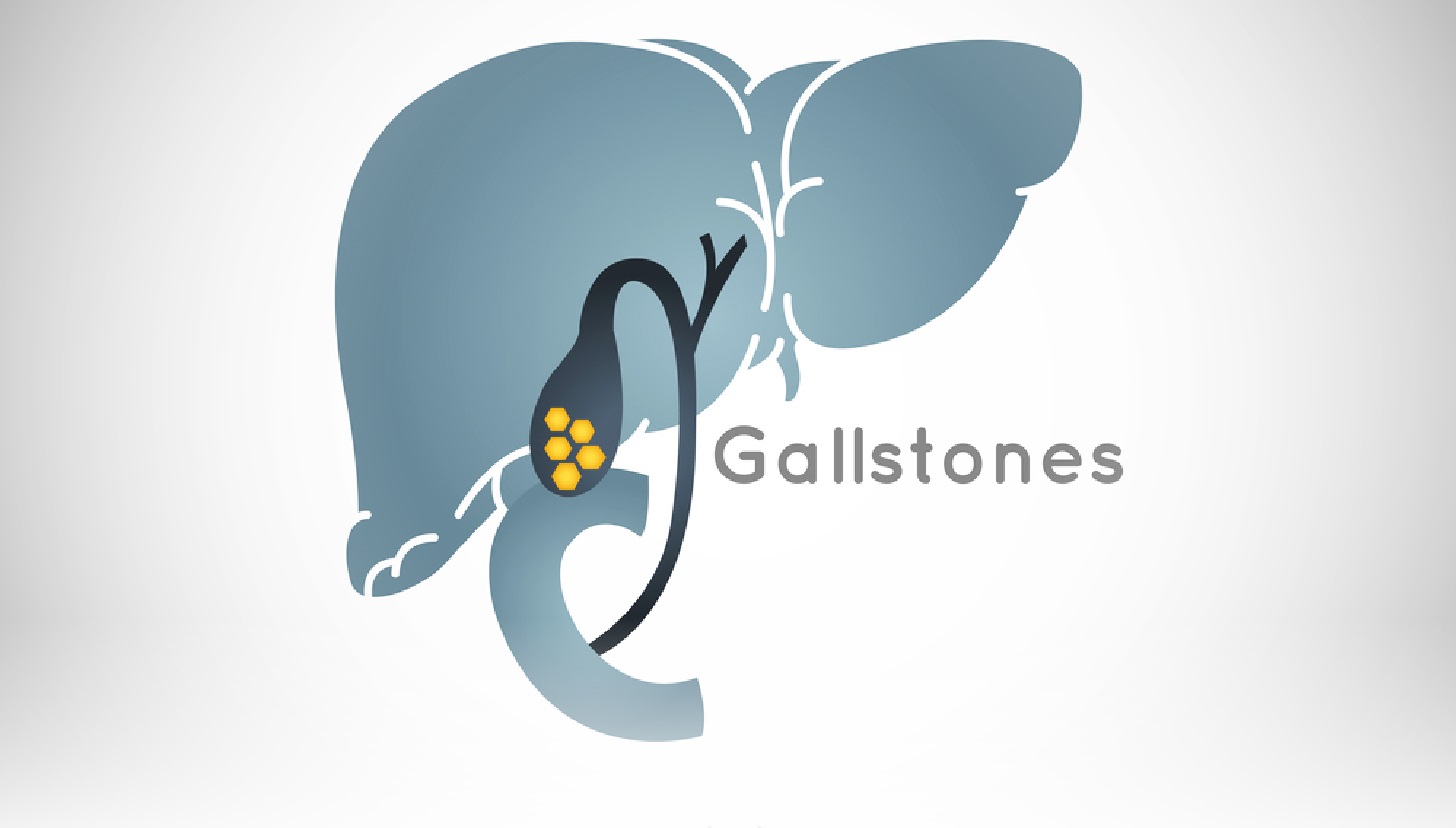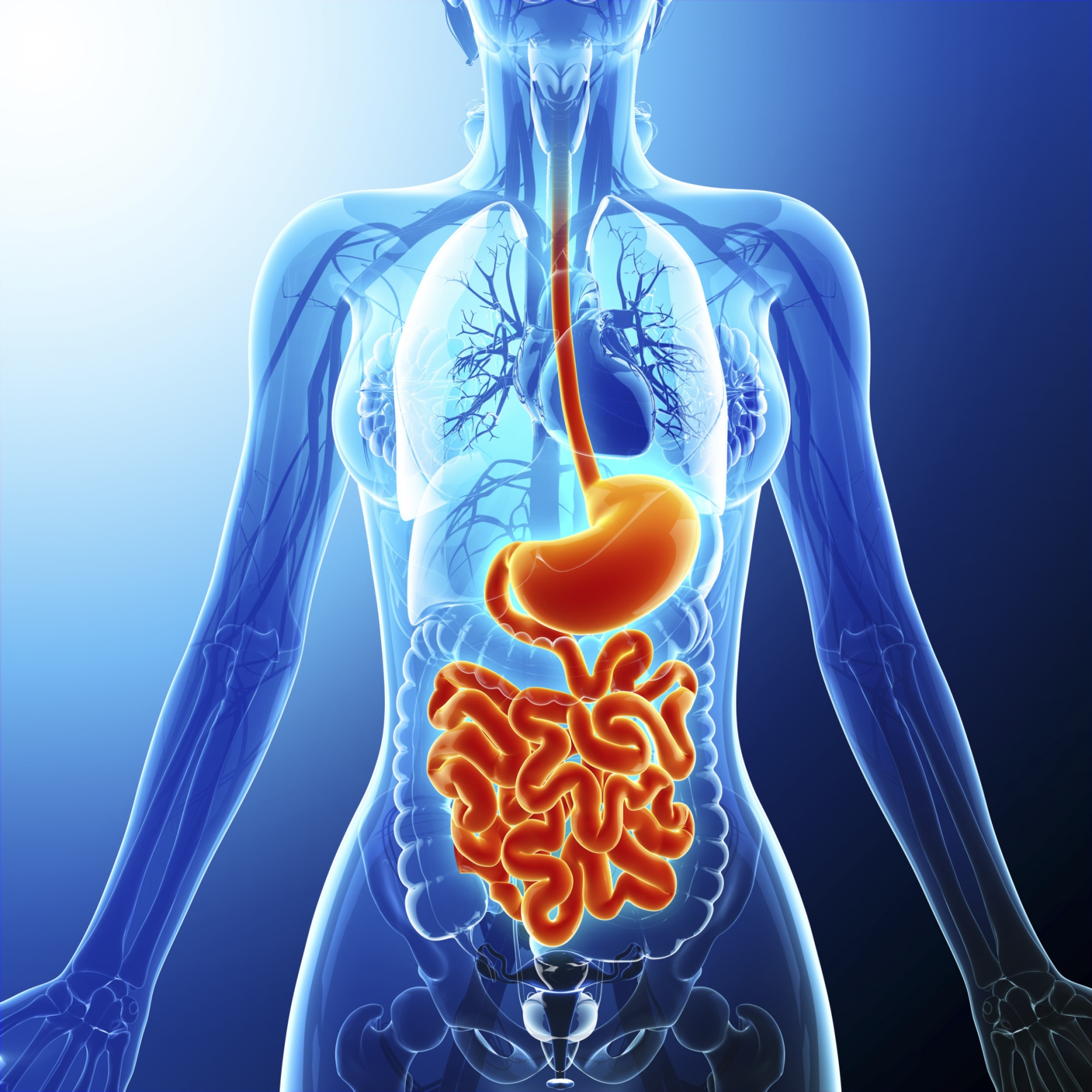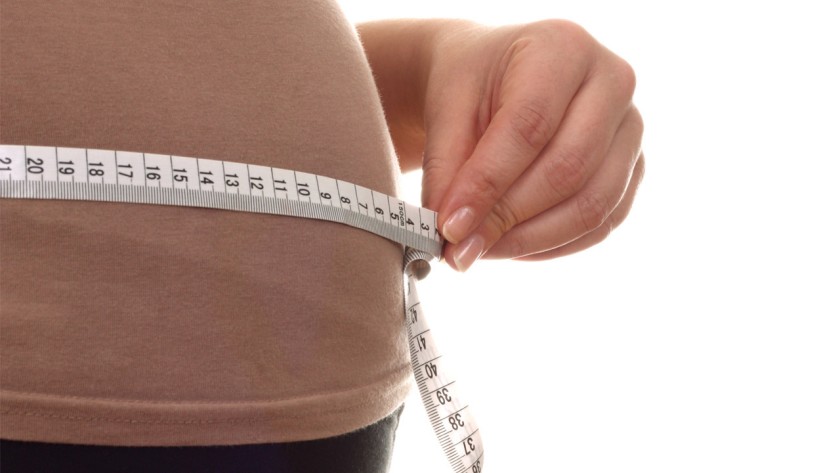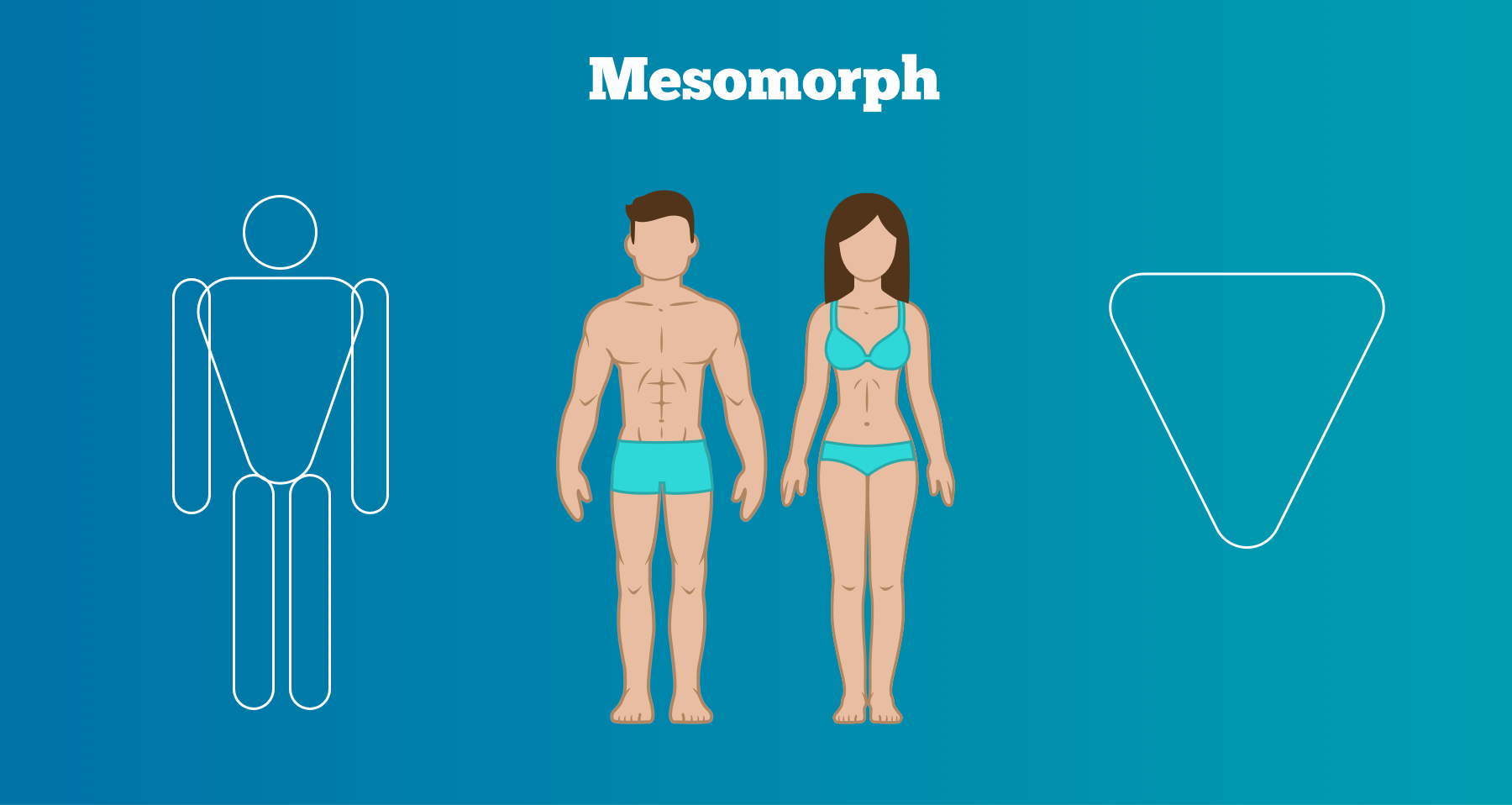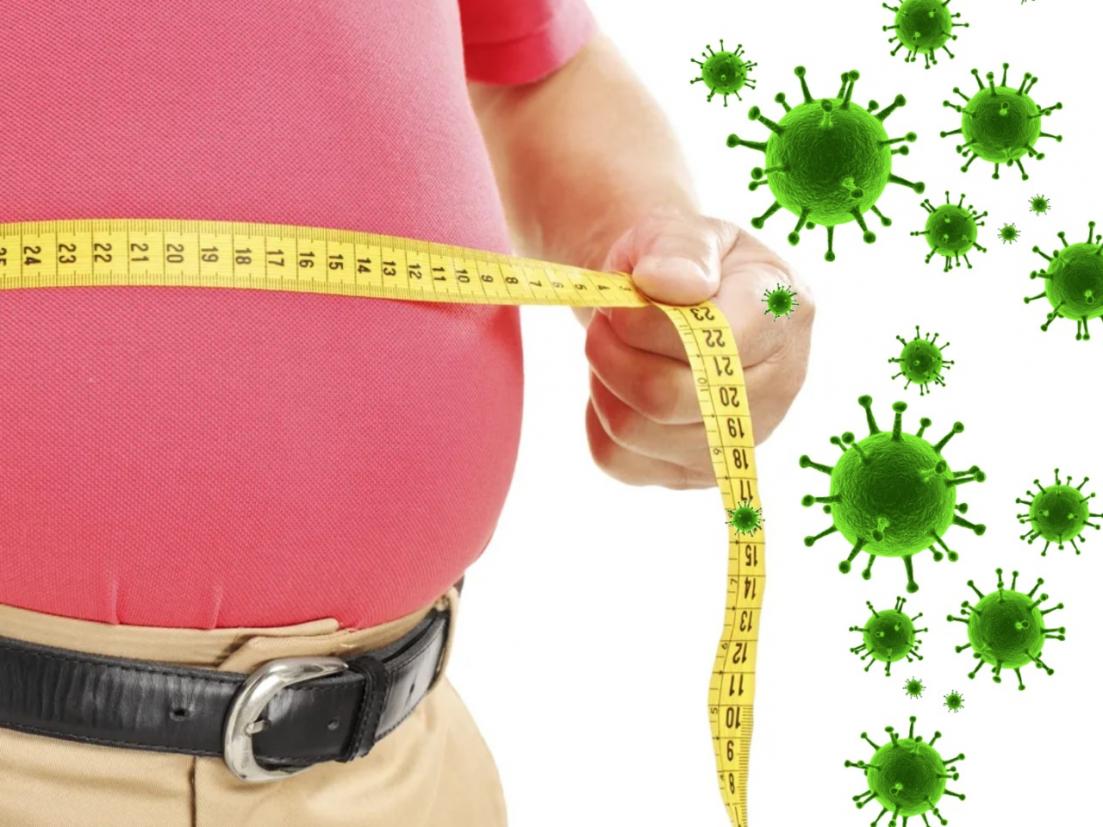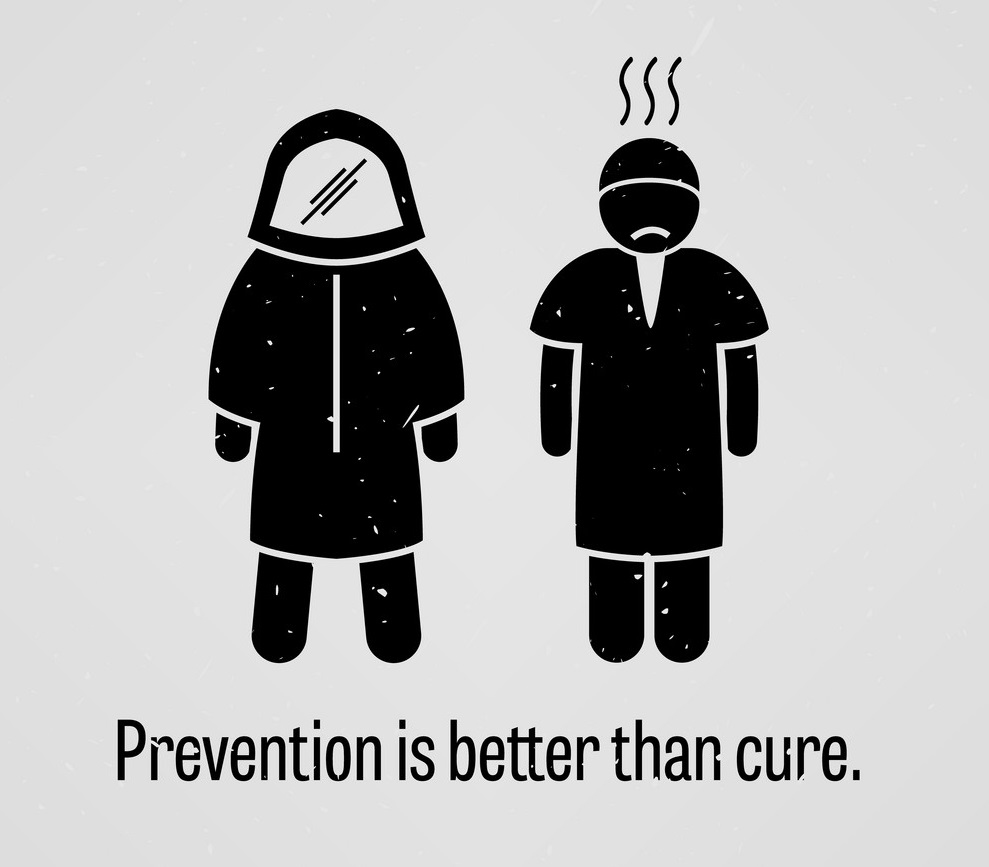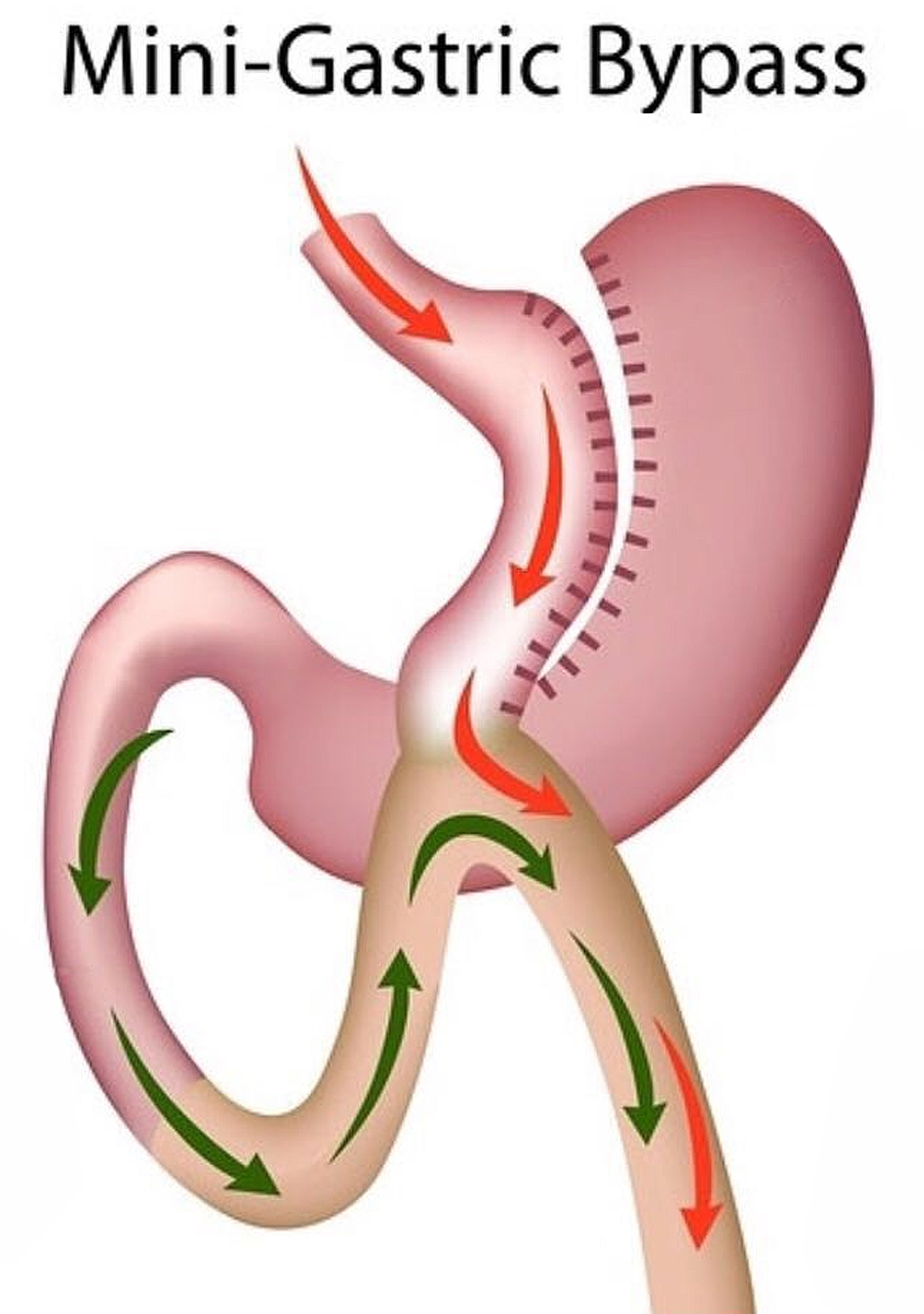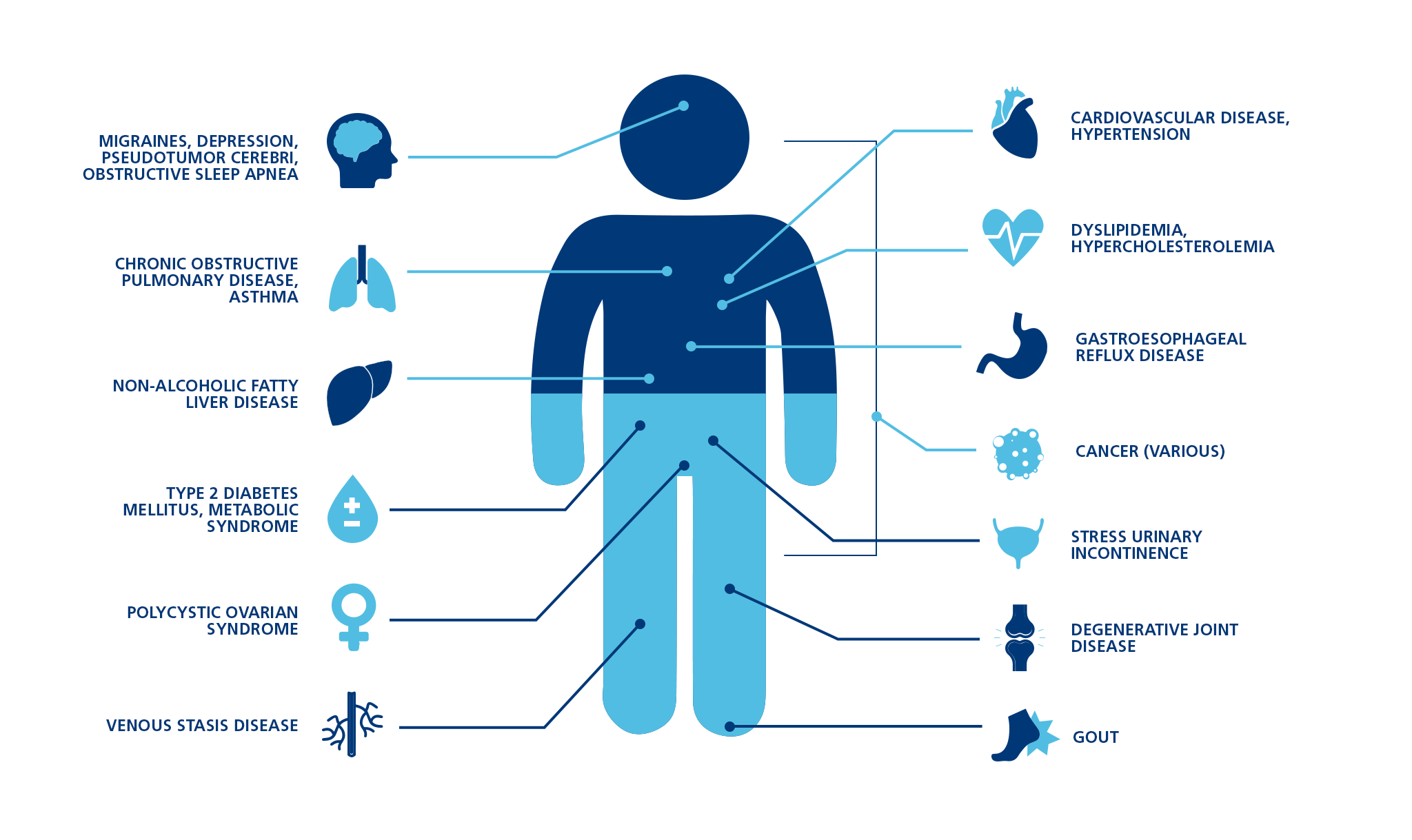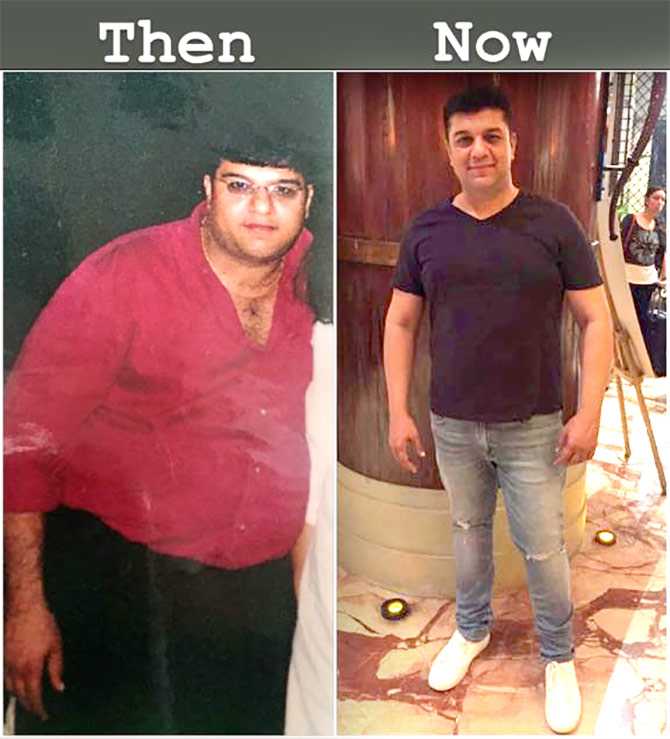Patient Testimonial
Stomach Cancer Survivor Story- Patient Testimonial- Best Cancer Treatment at Ahmedabad by Dr. Avinash Tank
After suffering from initial symptoms like nausea & vomiting, low haemoglobin etc., Mr. Govindbhai Patel was diagnosed with stomach cancer.
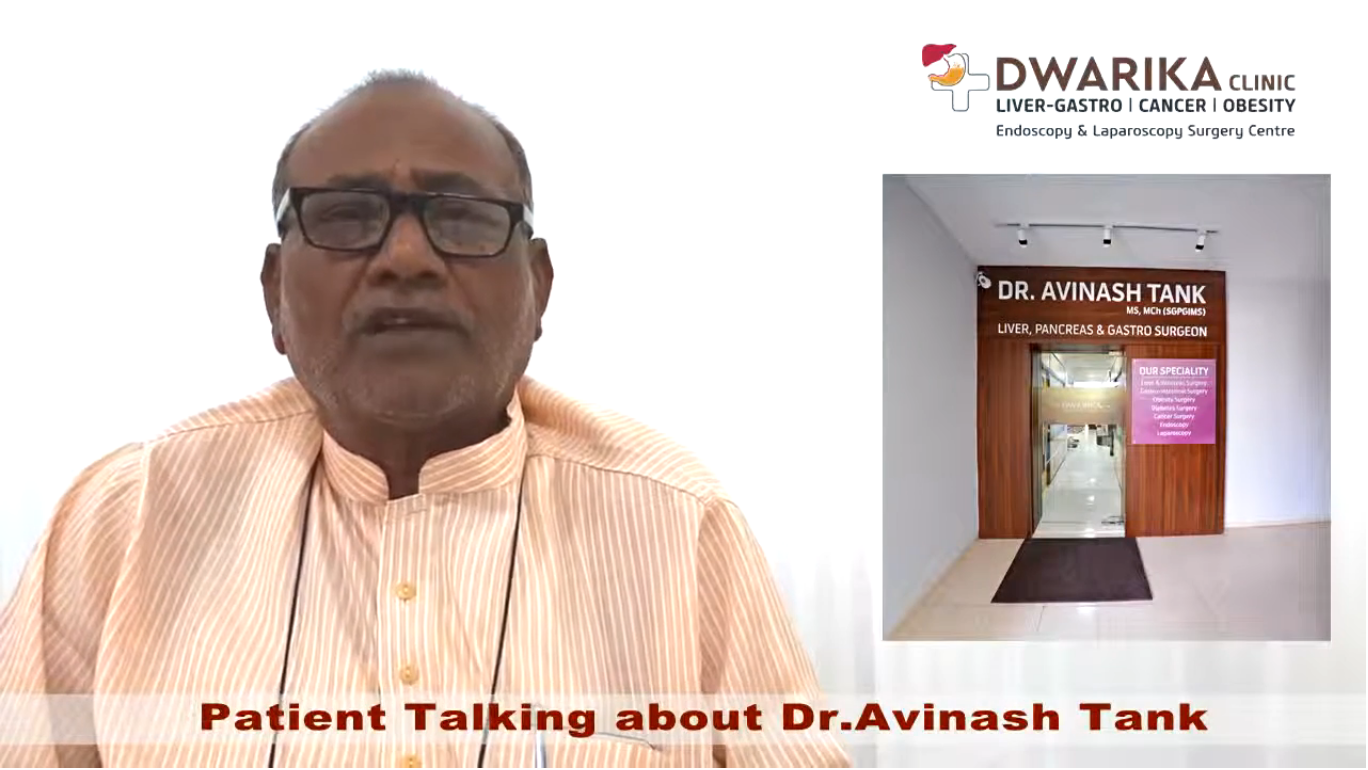
Overview
The stomach is a hollow organ in the upper abdomen, under the ribs. It's part of the digestive system. Food moves from the mouth through the esophagus to the stomach. In the stomach, the food becomes liquid. Muscles in the stomach wall push the liquid into the small intestine.
The wall of the stomach has five layers:
- Inner layer or lining (mucosa): Juices made by glands in the inner layer help digest food. Most stomach cancers begin in this layer.
- Submucosa: This is the support tissue for the inner layer.
- Muscle layer: Muscles in this layer contract to mix and mash the food.
- Subserosa: This is the support tissue for the outer layer.
- Outer layer (serosa): The outer layer covers the stomach. It holds the stomach in place.
Cancer Cells
Cancer begins in cells, the building blocks that make up tissues. Tissues make up the stomach and other organs of the body.
Normal cells grow and divide to form new cells as the body needs them. When normal cells grow old or get damaged, they die, and new cells take their place.
Sometimes, this process goes wrong. New cells form when the body doesn't need them, and old or damaged cells don't die as they should. The buildup of extra cells often forms a mass of tissue called a growth, polyp, or tumor.
Tumors in the stomach can be benign (not cancer) or malignant (cancer). Benign tumors are not as harmful as malignant tumors:
Benign tumors
- Are rarely a threat to life
- Can be removed and usually don't grow back
- Don't invade the tissues around them
- Don't spread to other parts of the body
Malignant growths
- May be a threat to life
- Sometimes can be removed but can grow back
- Can invade and damage nearby tissues and organs (such as the stomach or intestine)
- Can spread to other parts of the body
Stomach cancer usually begins in cells in the inner layer of the stomach. Over time, the cancer may invade more deeply into the stomach wall. A stomach tumor can grow through the stomach's outer layer into nearby organs, such as the liver, pancreas, esophagus, or intestine.
Stomach cancer cells can spread by breaking away from the original tumor. They enter blood vessels or lymph vessels, which branch into all the tissues of the body. The cancer cells may be found in lymph nodes near the stomach. The cancer cells may attach to other tissues and grow to form new tumors that may damage those tissues.
The spread of cancer is called metastasis.
WHAT IS STOMACH CANCER SURGERY?
The choice of treatment depends mainly on the size and location of the tumor, the stage of disease, and your general health.
Treatment for stomach cancer may involve surgery, chemotherapy, or radiation therapy. You'll probably receive more than one type of treatment. For example, chemotherapy may be given before or after surgery. It's often given at the same time as radiation therapy.
Your health care team can describe your treatment choices, the expected results, and the possible side effects. Because cancer therapy often damages healthy cells and tissues, side effects are common. Before treatment starts, ask your health care team about possible side effects, how to prevent or reduce these effects, and how treatment may change your normal activities. You and your health care team can work together to make a treatment plan that meets your needs.
Surgery
The type of surgery for stomach cancer depends mainly on where the cancer is located. The surgeon may remove the whole stomach or only the part that has the cancer.
You and your surgeon can talk about the types of surgery and which may be right for you:
- Partial (subtotal) gastrectomy for tumors at the lower part of the stomach: The surgeon removes the lower part of the stomach with the cancer. The surgeon attaches the remaining part of the stomach to the intestine. Nearby lymph nodes and other tissues may also be removed.
- Total gastrectomy for tumors at the upper part of the stomach: The surgeon removes the entire stomach, nearby lymph nodes, parts of the esophagus and small intestine, and other tissues near the tumor. Rarely, the spleen also may be removed. The surgeon then connects the esophagus directly to the small intestine.
The time it takes to heal after surgery is different for each person, and you may be in the hospital for a week or longer. You may have pain for the first few days. Medicine can help control your pain. Before surgery, you should discuss the plan for pain relief with your doctor or nurse. After surgery, your doctor can adjust the plan if you need more pain relief.
Many people who have stomach surgery feel tired or weak for a while. Your health care team will watch for signs of bleeding, infection, or other problems that may require treatment.
The surgery can also cause constipation or diarrhea. These symptoms usually can be controlled with diet changes and medicine.
Chemotherapy
Most people with stomach cancer get chemotherapy. Chemotherapy uses drugs to kill cancer cells.
It may be given before or after surgery. After surgery, radiation therapy may be given along with chemotherapy.
The drugs that treat stomach cancer are usually given through a vein (intravenous). You'll probably receive a combination of drugs.
You may receive chemotherapy in an outpatient part of the hospital, at the doctor's office, or at home. Some people need to stay in the hospital during treatment.
Radiation Therapy
Radiation therapy (also called radiotherapy) uses high-energy rays to kill cancer cells. It affects cells only in the part of the body that is treated. Radiation therapy is usually given with chemotherapy to treat stomach cancer.
The radiation comes from a large machine outside the body. You'll go to a hospital or clinic for treatment. Treatments are usually 5 days a week for several weeks.
Side effects depend mainly on the dose and type of radiation. External radiation therapy to the chest and abdomen may cause a sore throat, pain similar to heartburn, or pain in the stomach or the intestine. You may have nausea and diarrhea. Your health care team can give you medicines to prevent or control these problems.
It's common for the skin in the treated area to become red, dry, tender, and itchy.
SYMPTOMS
Early stomach cancer often does not cause symptoms. As the cancer grows, the most common symptoms are:
- Discomfort or pain in the stomach area
- Difficulty swallowing
- Nausea and vomiting
- Weight loss
- Feeling full or bloated after a small meal
- Vomiting blood or having blood in the stool
Most often, these symptoms are not due to cancer. Other health problems, such as an ulcer or infection, can cause the same symptoms. Anyone who has these symptoms should tell their doctor so that problems can be diagnosed and treated as early as possible.
Learn more about stomach cancer here.
Patient Govindbhai Patel Testimonial
Mr. Govindbhai Patel from Nadiyad, Gujarat was already a heart patient who had undergone bypass surgery and had high BP. He started feeling symptoms like Vomiting, Low Haemoglobin, High Blood Pressure for which he visited the doctor again. After diagnosis, it turned out that he had stomach cancer. 6 months after receiving the necessary medical treatment, he shares his feedback via the following video.

